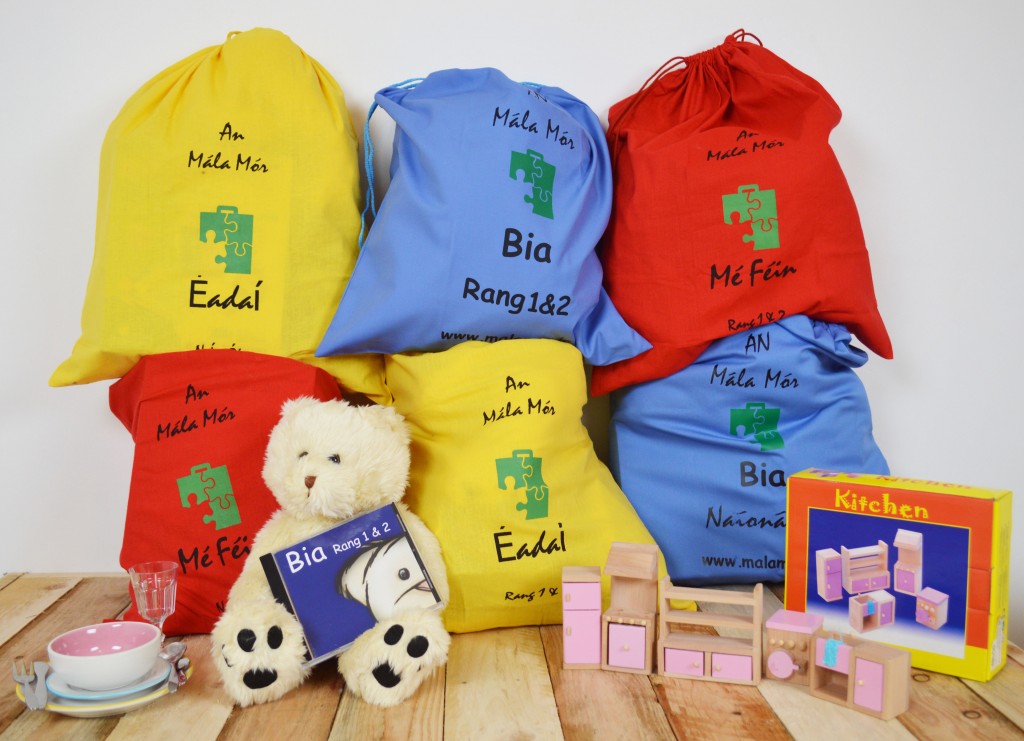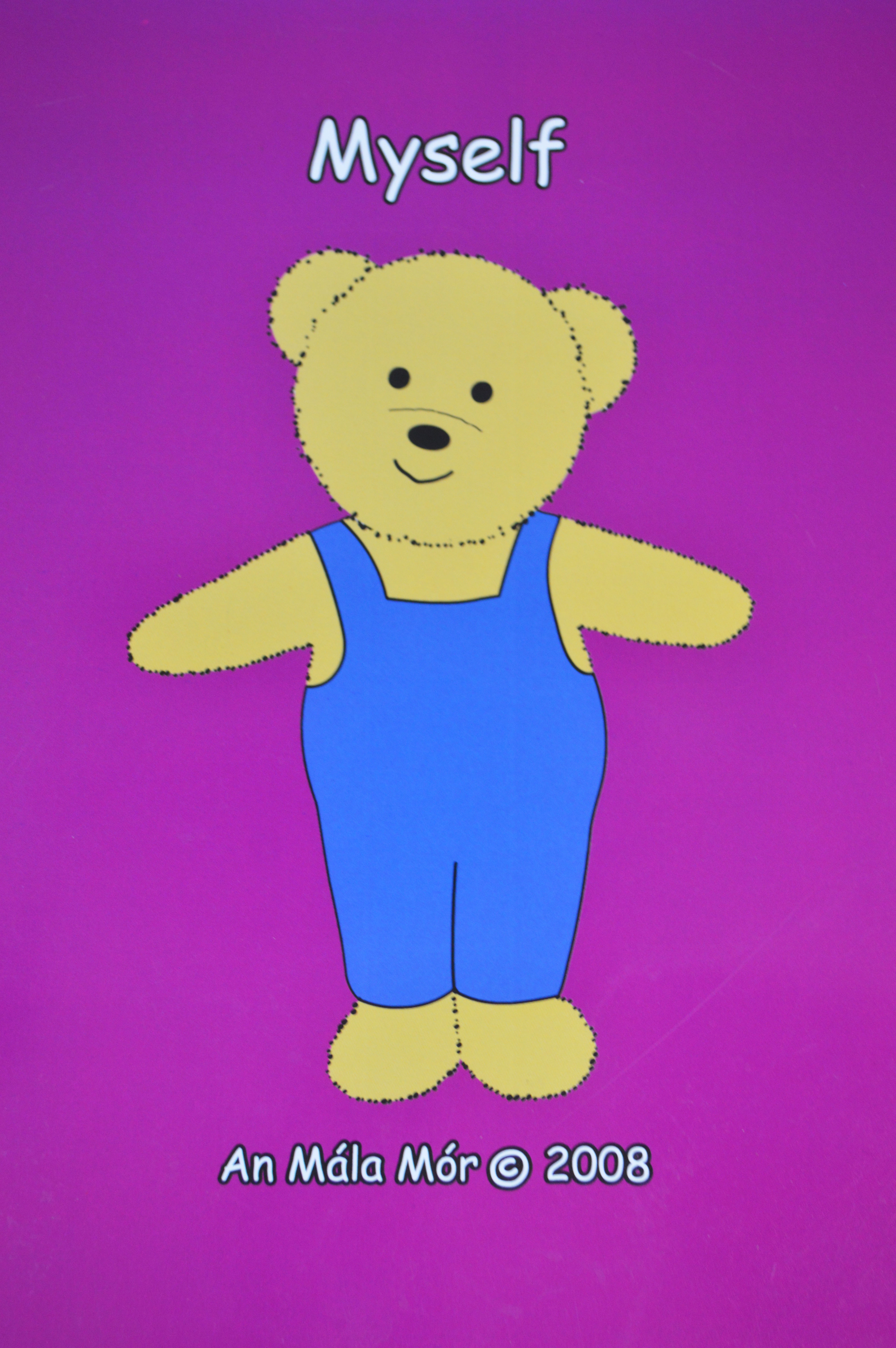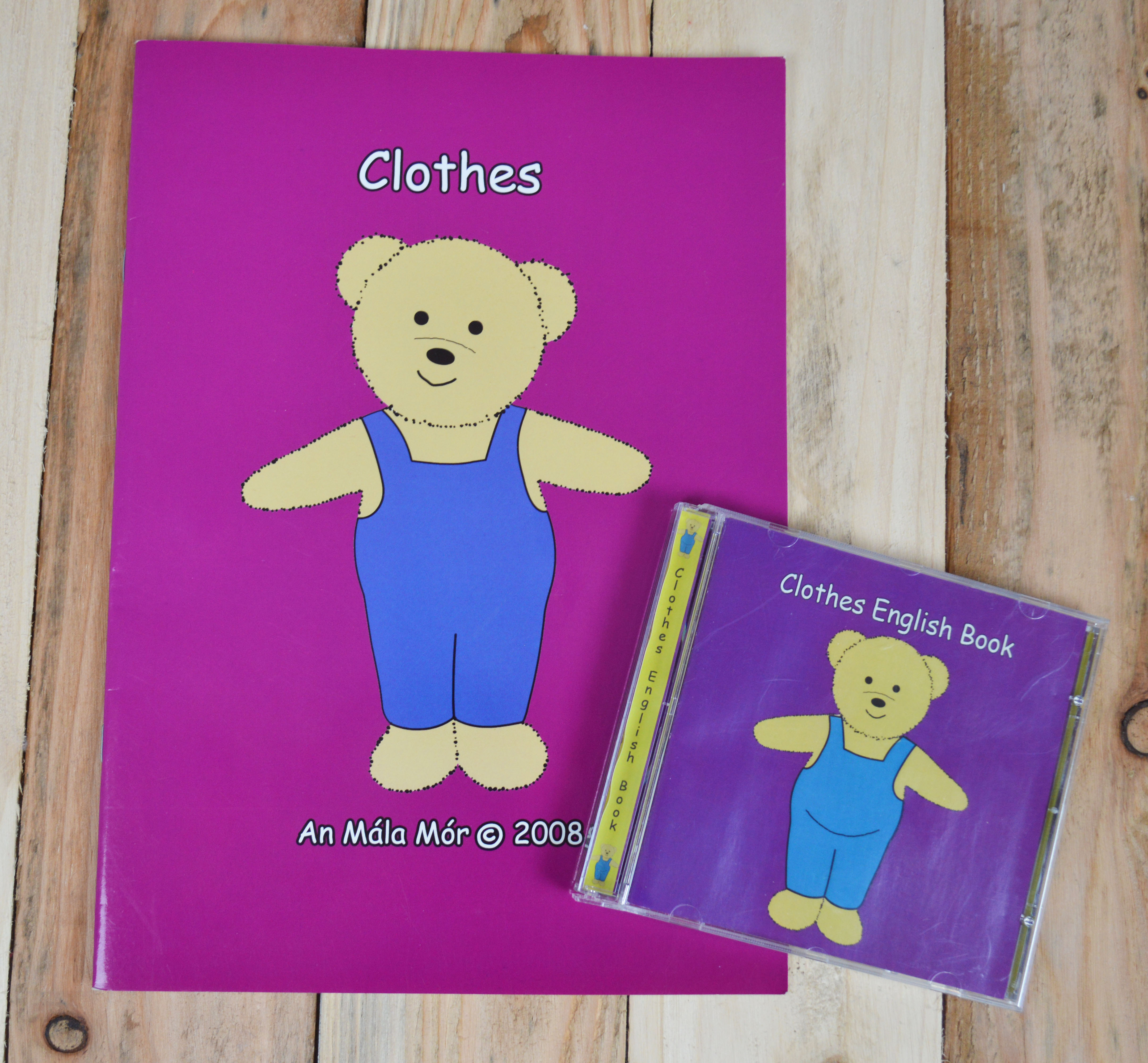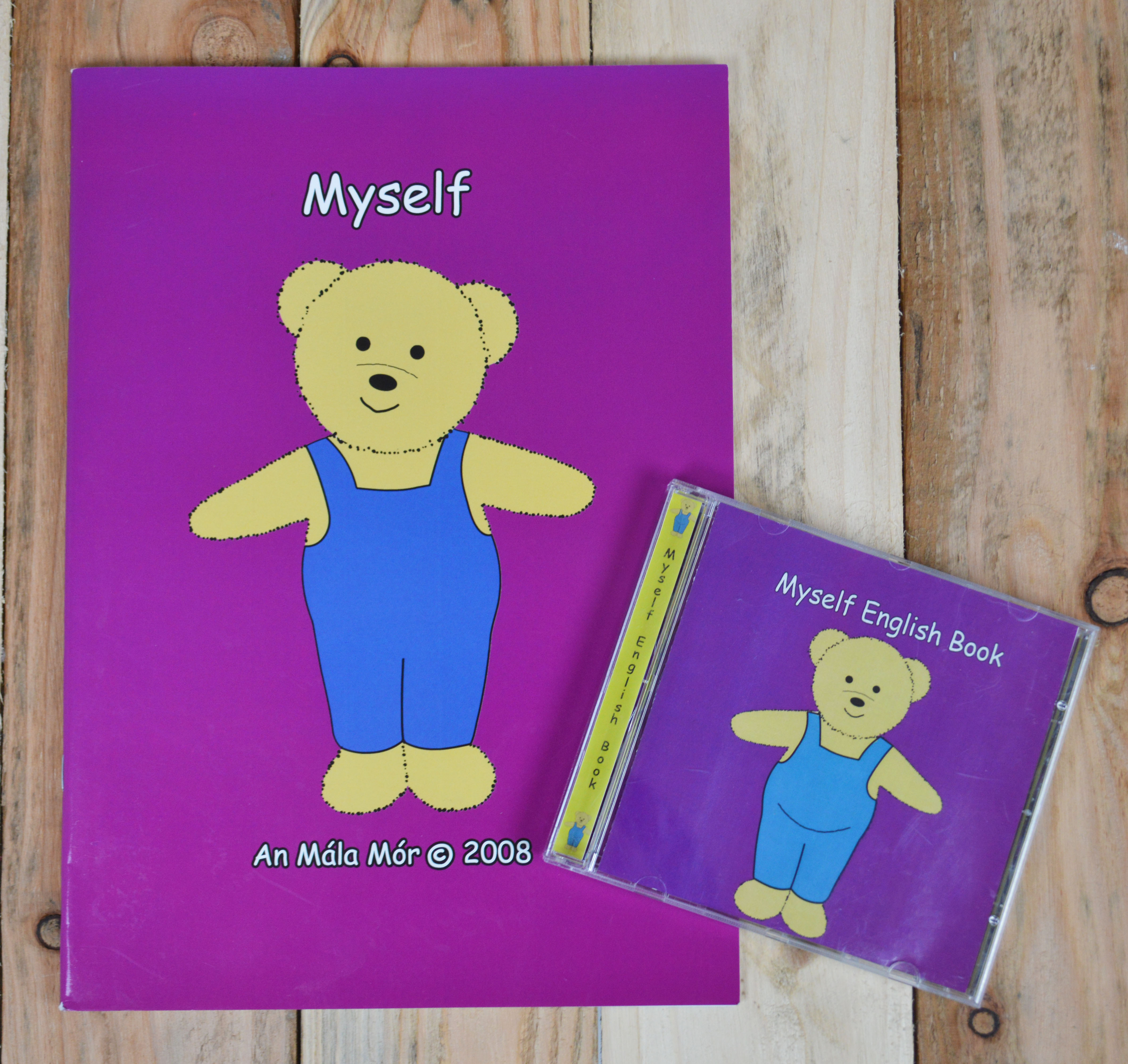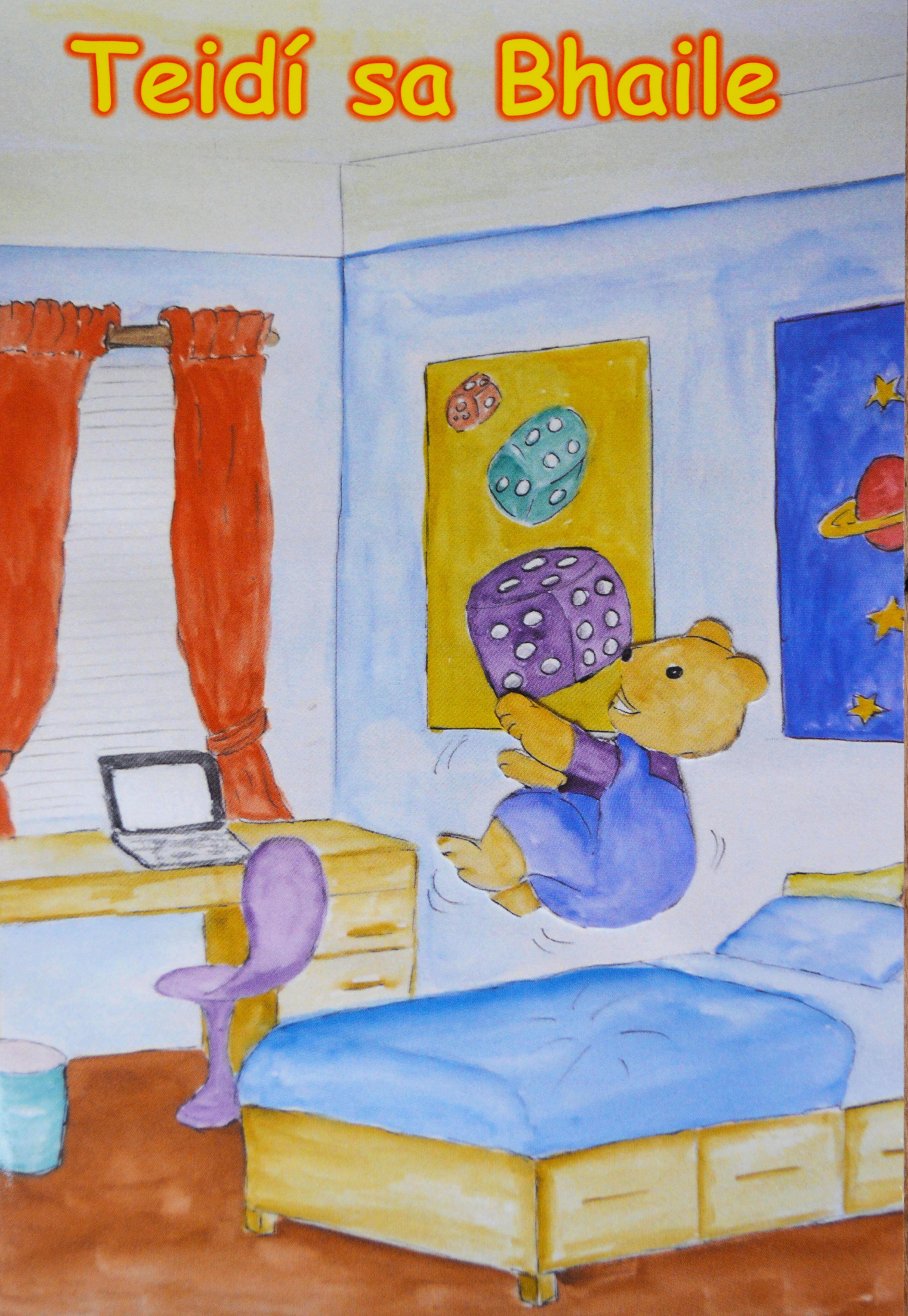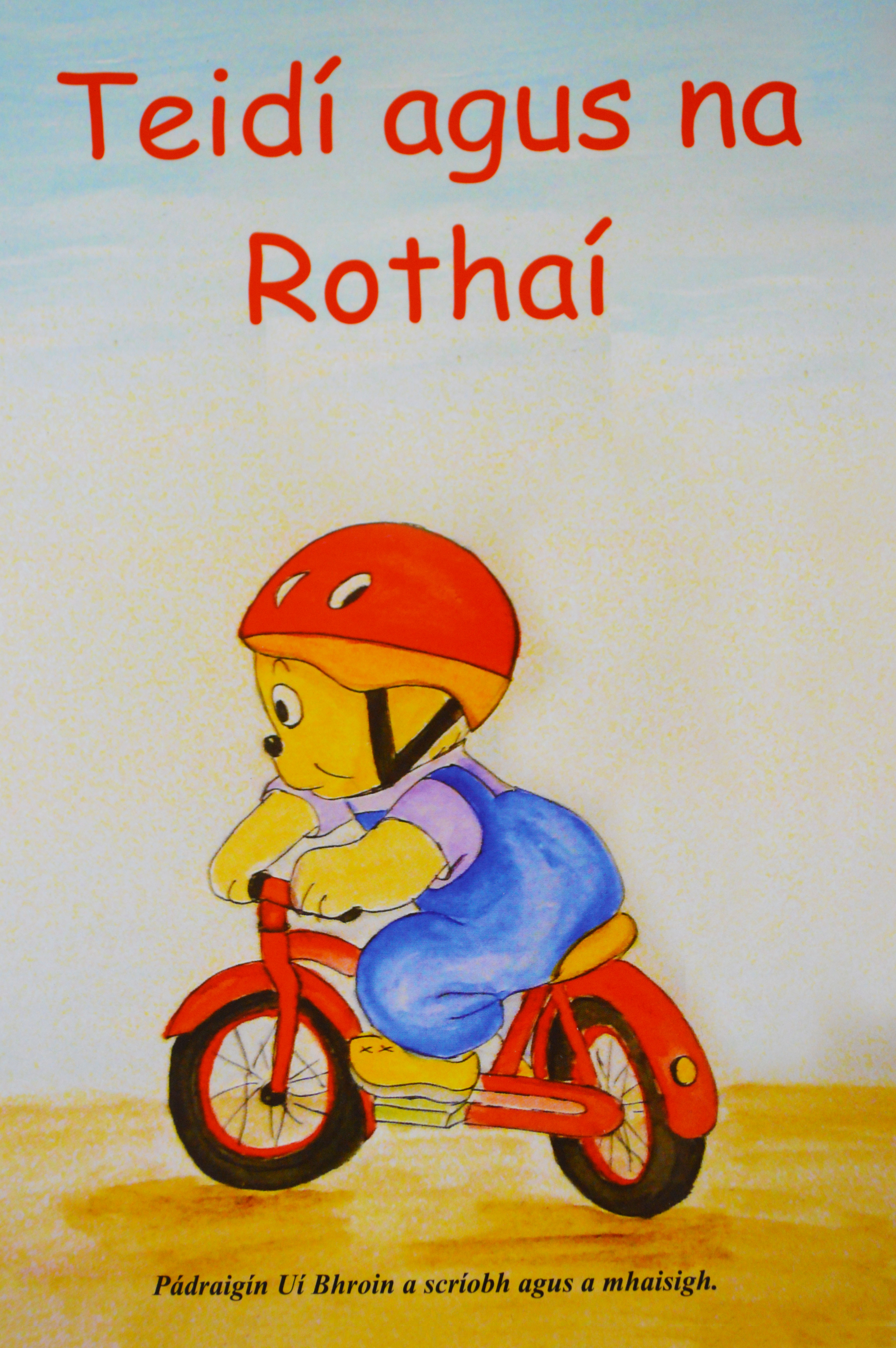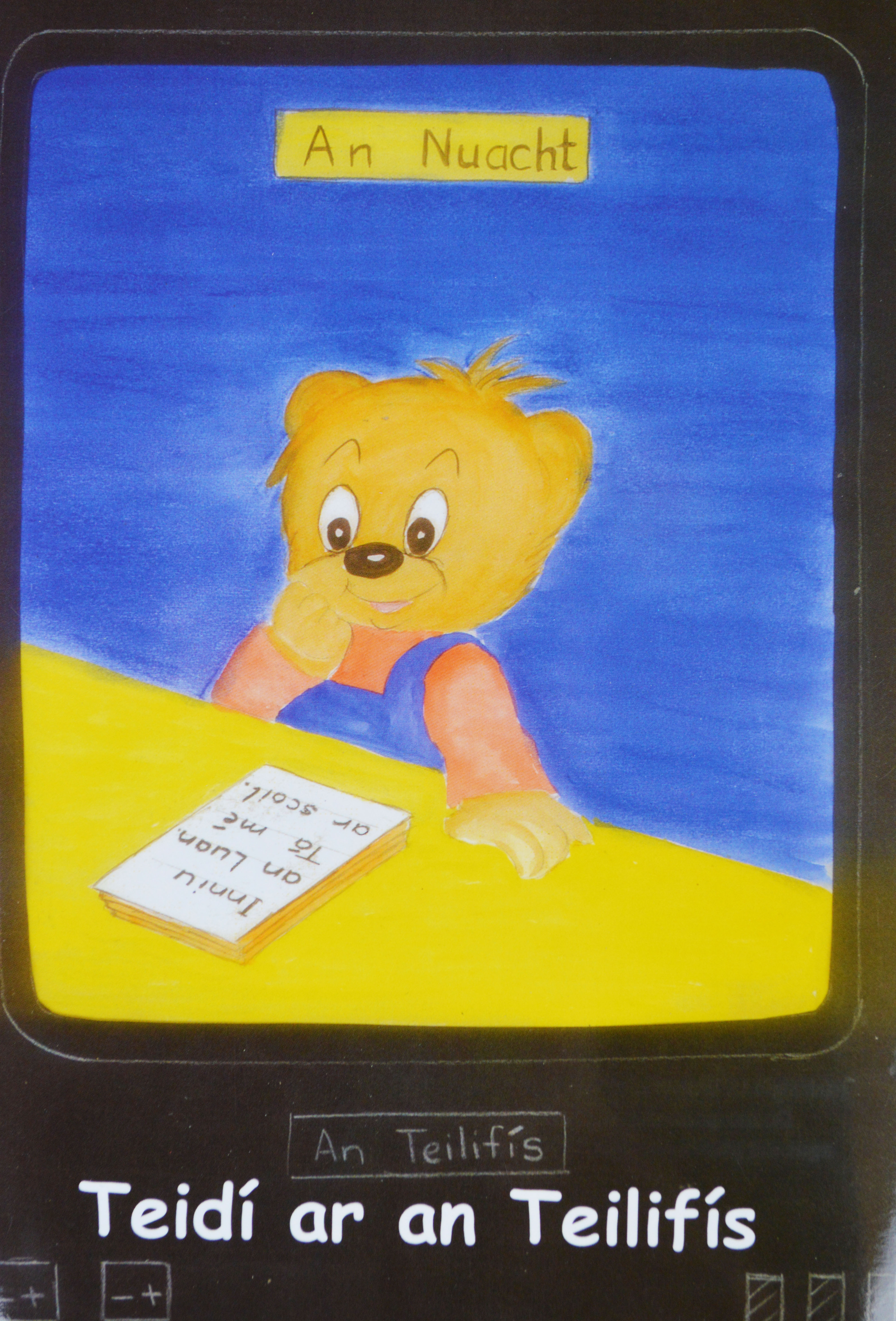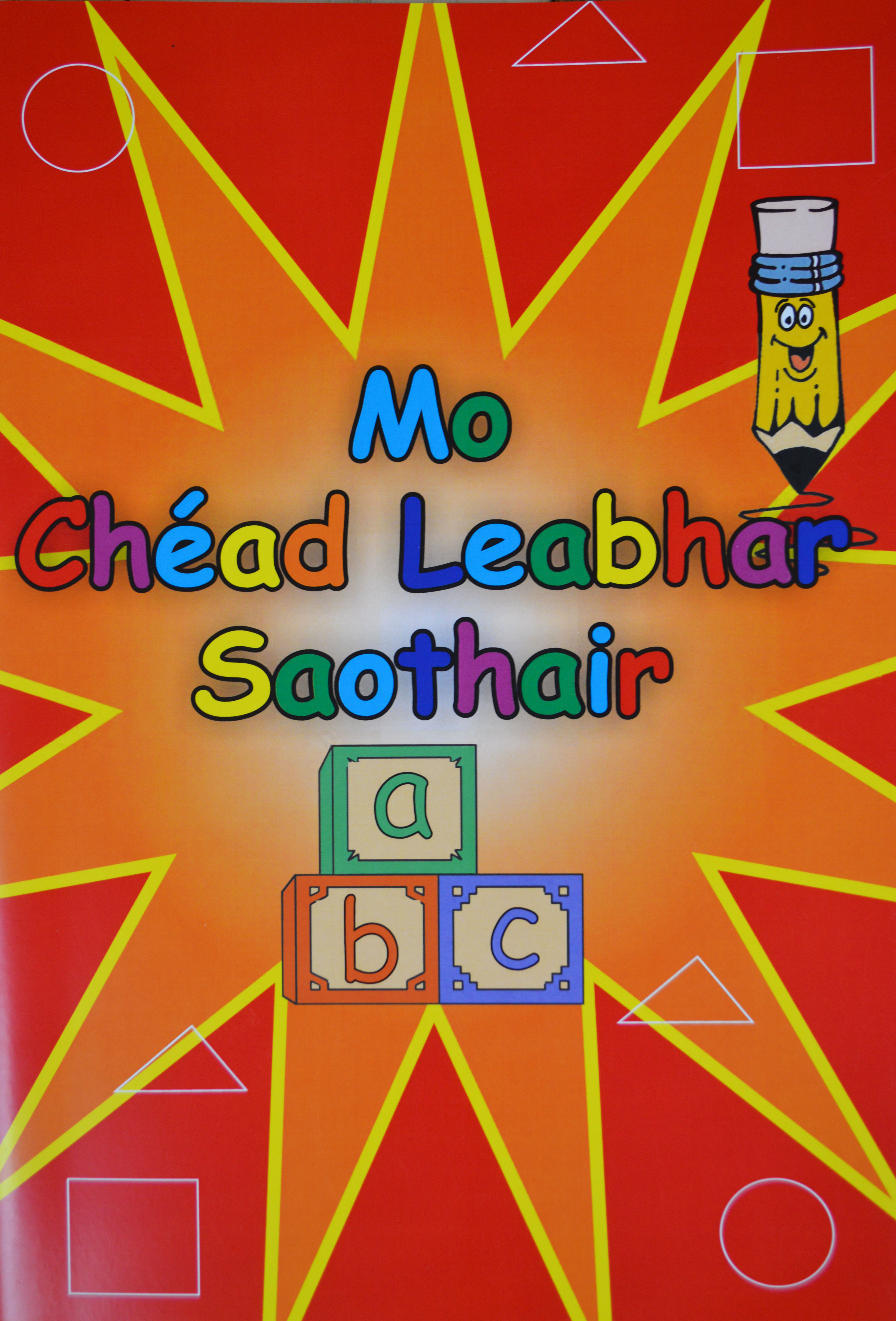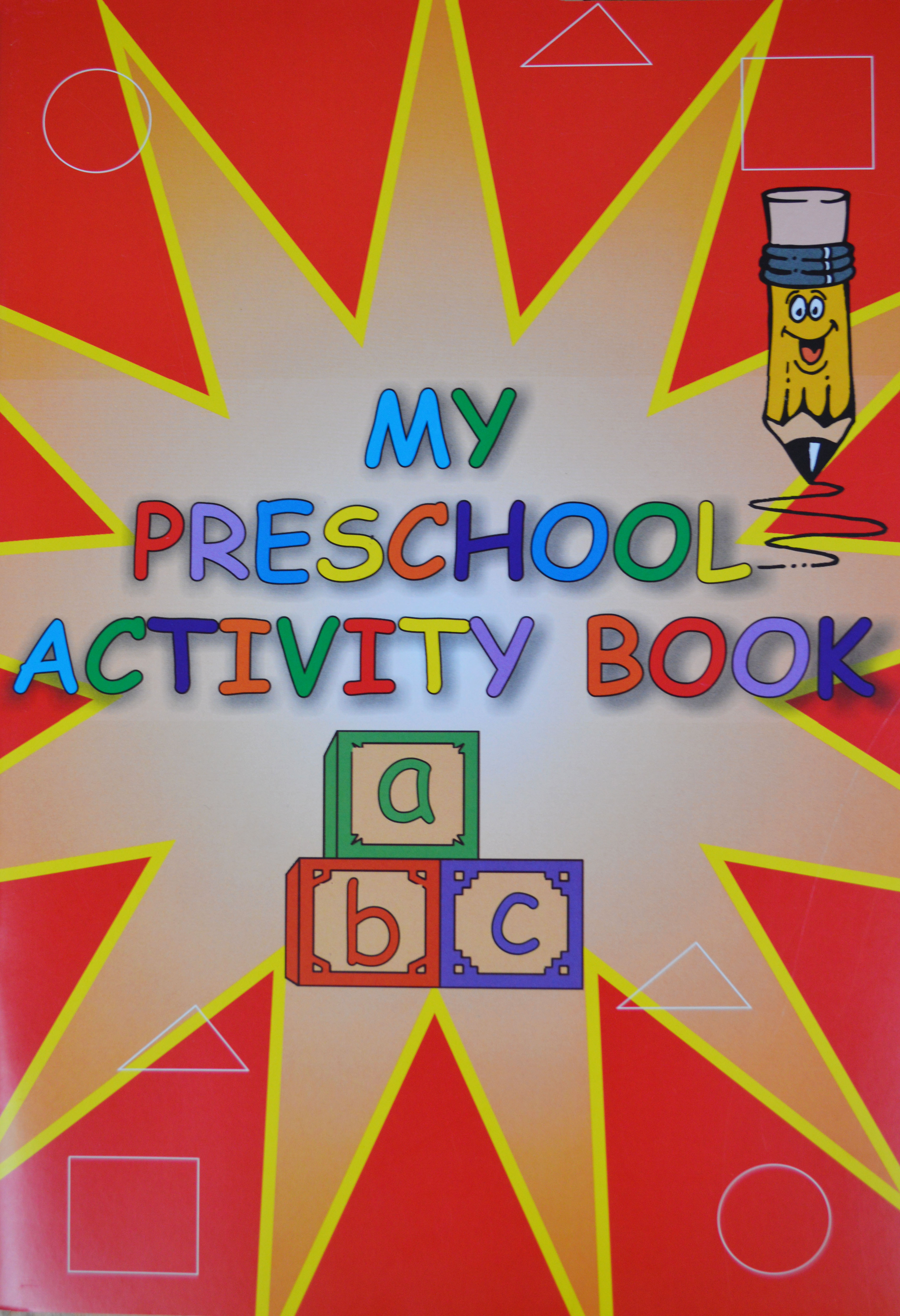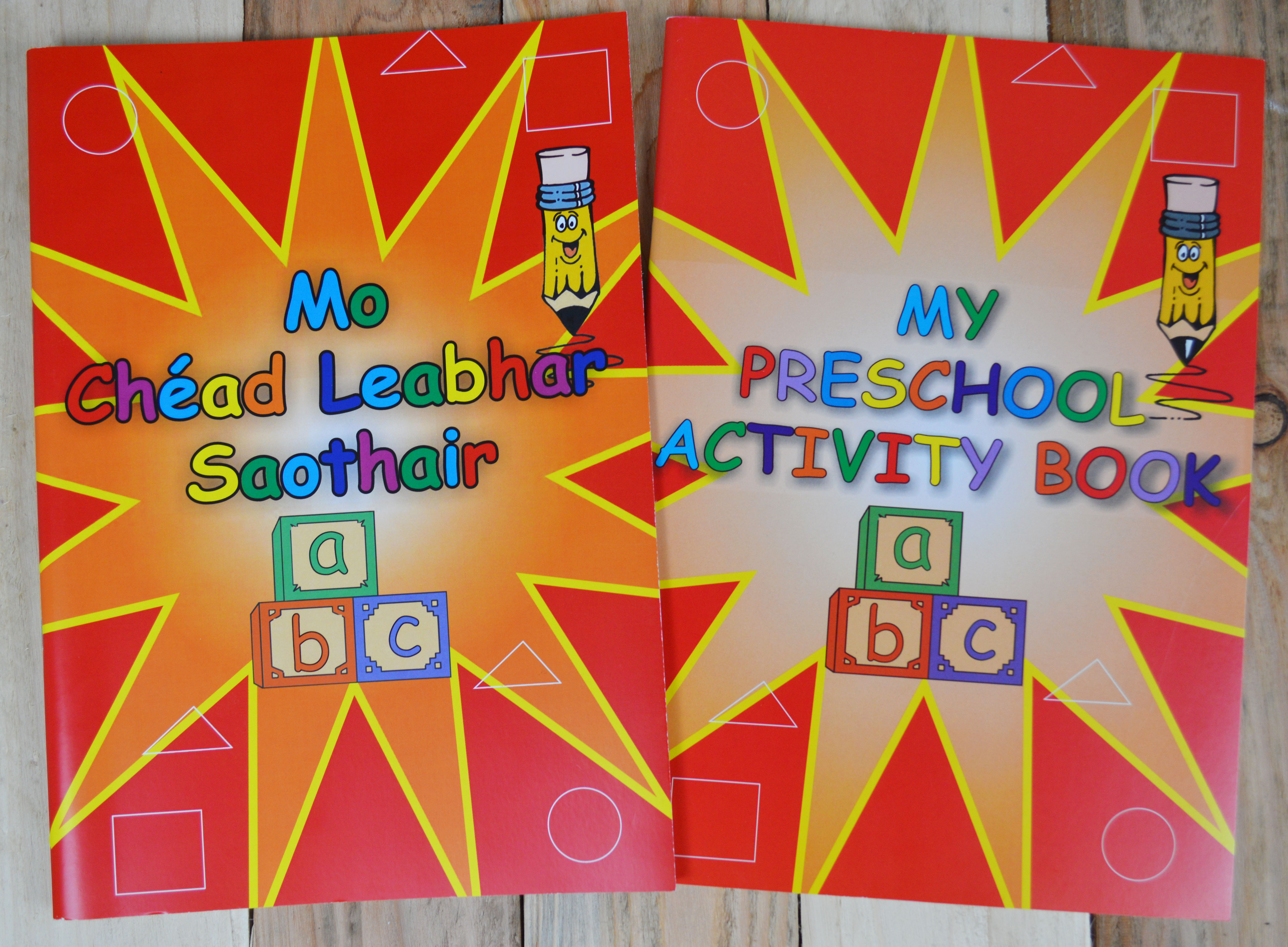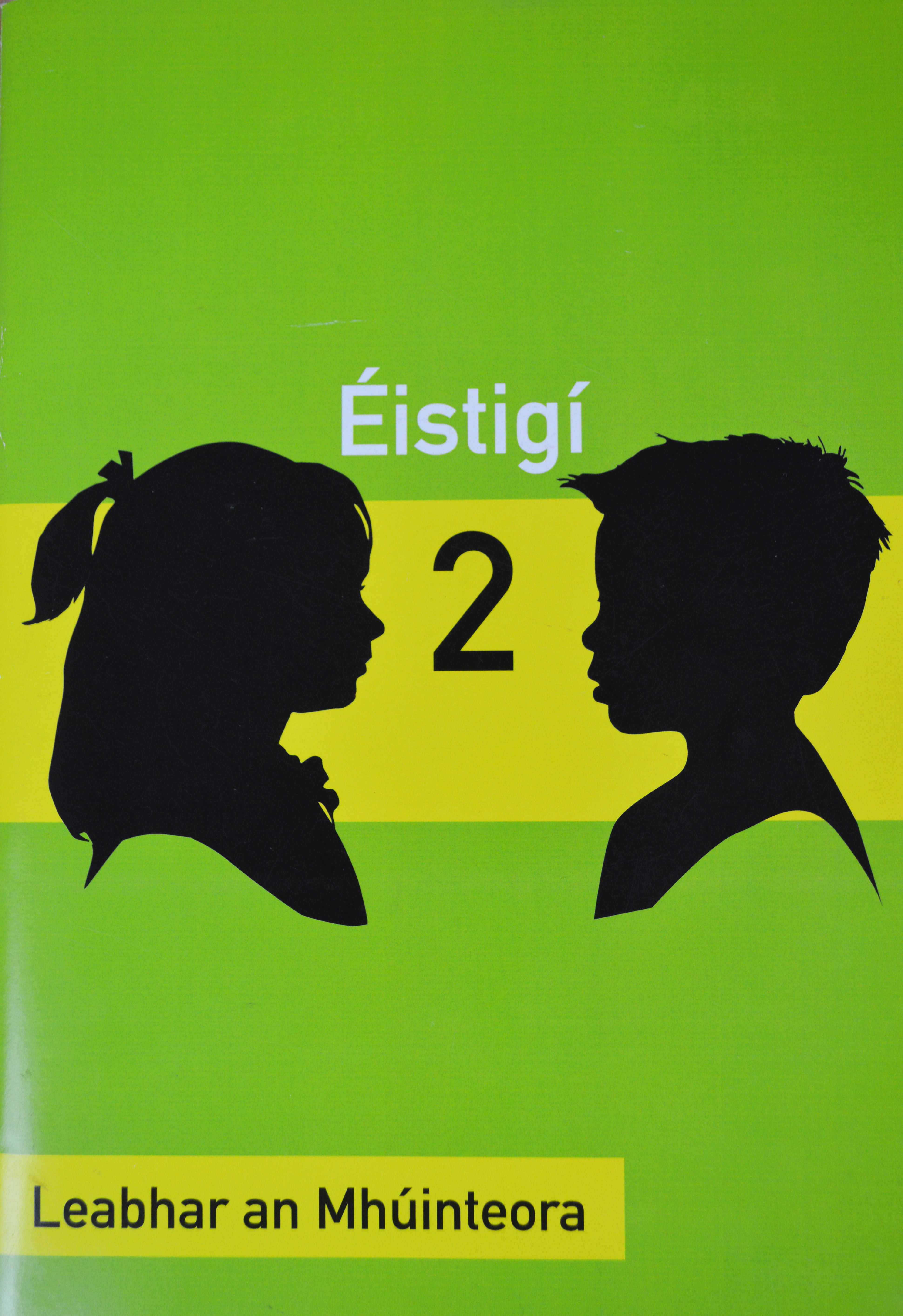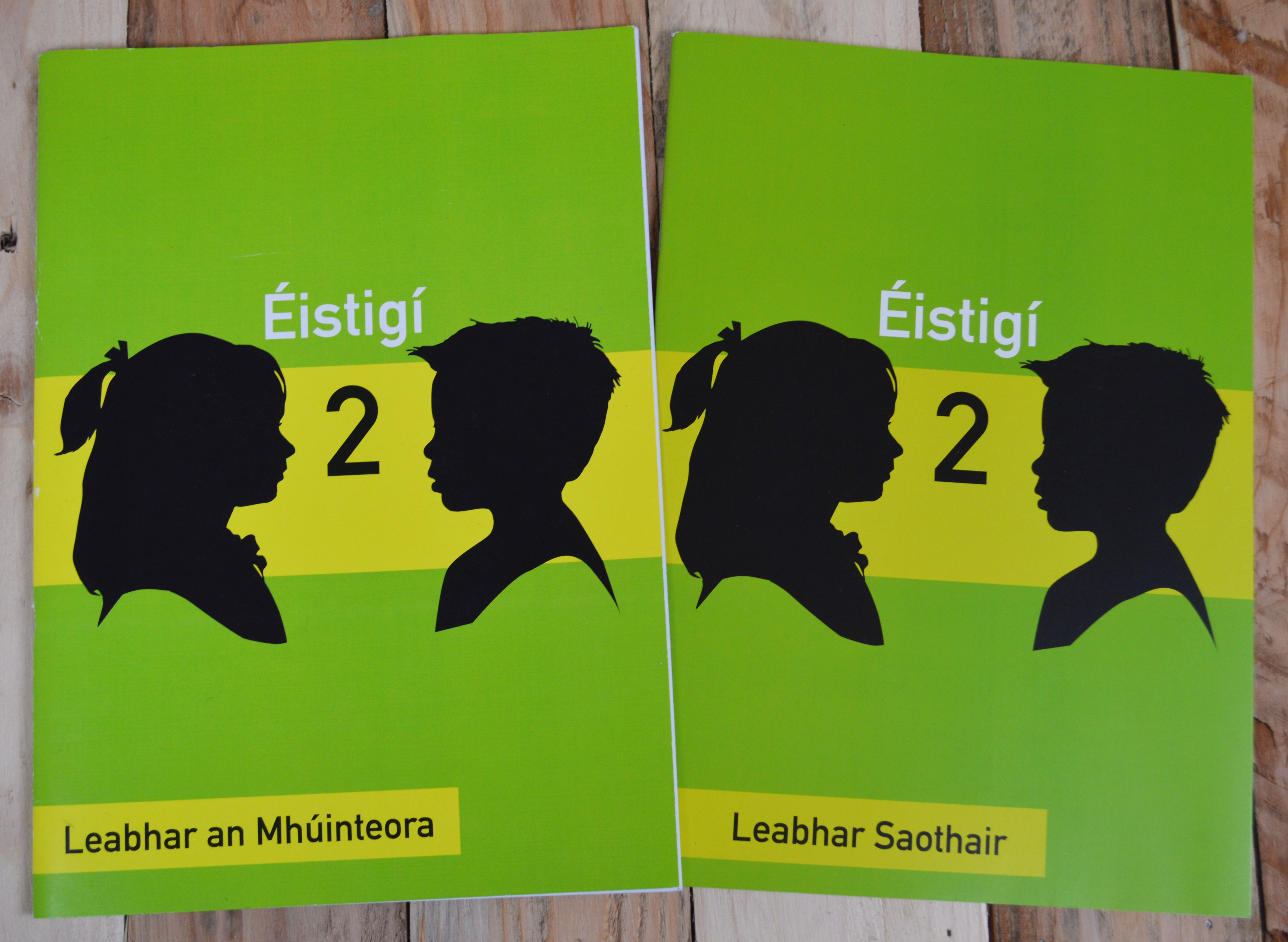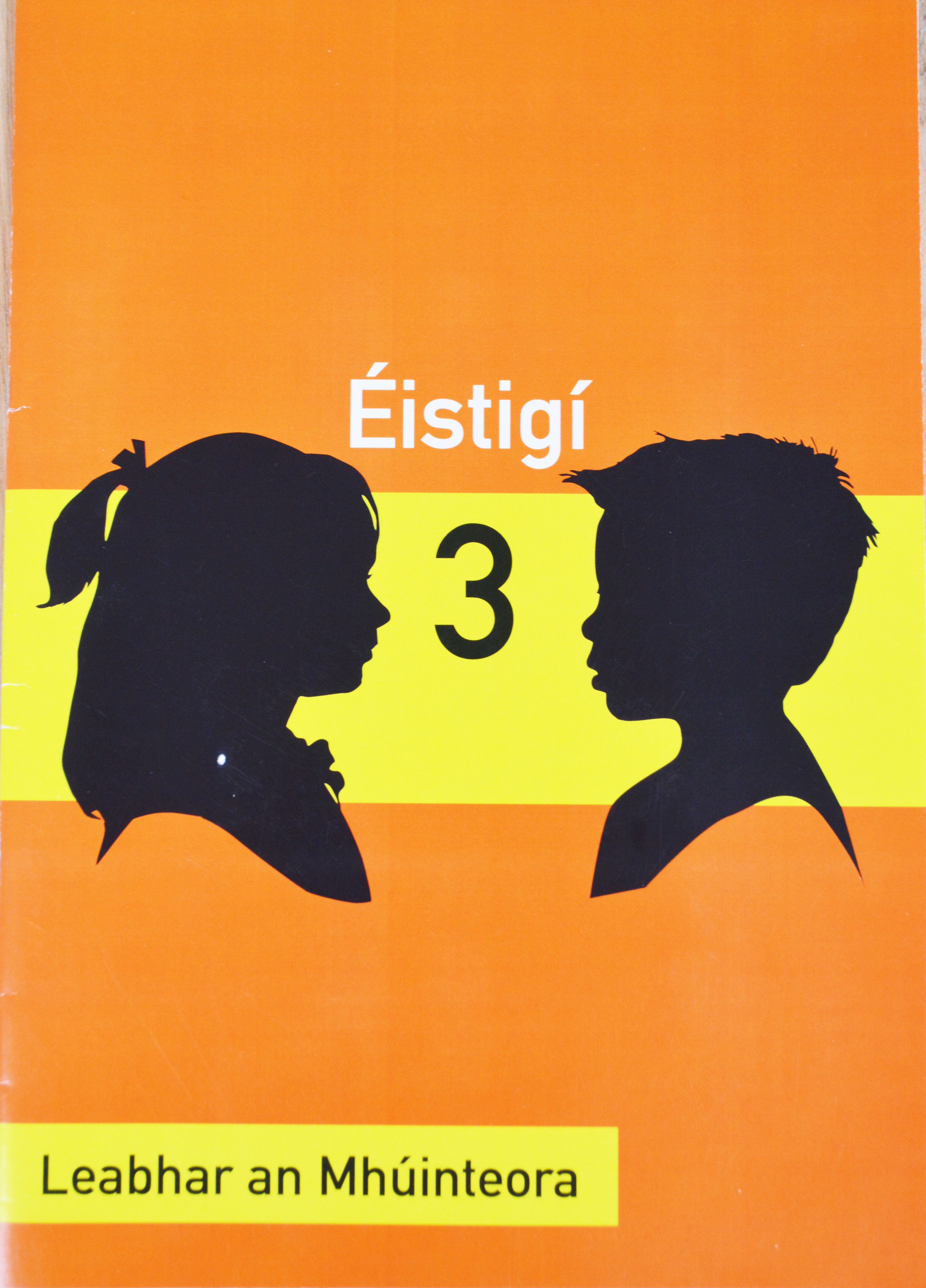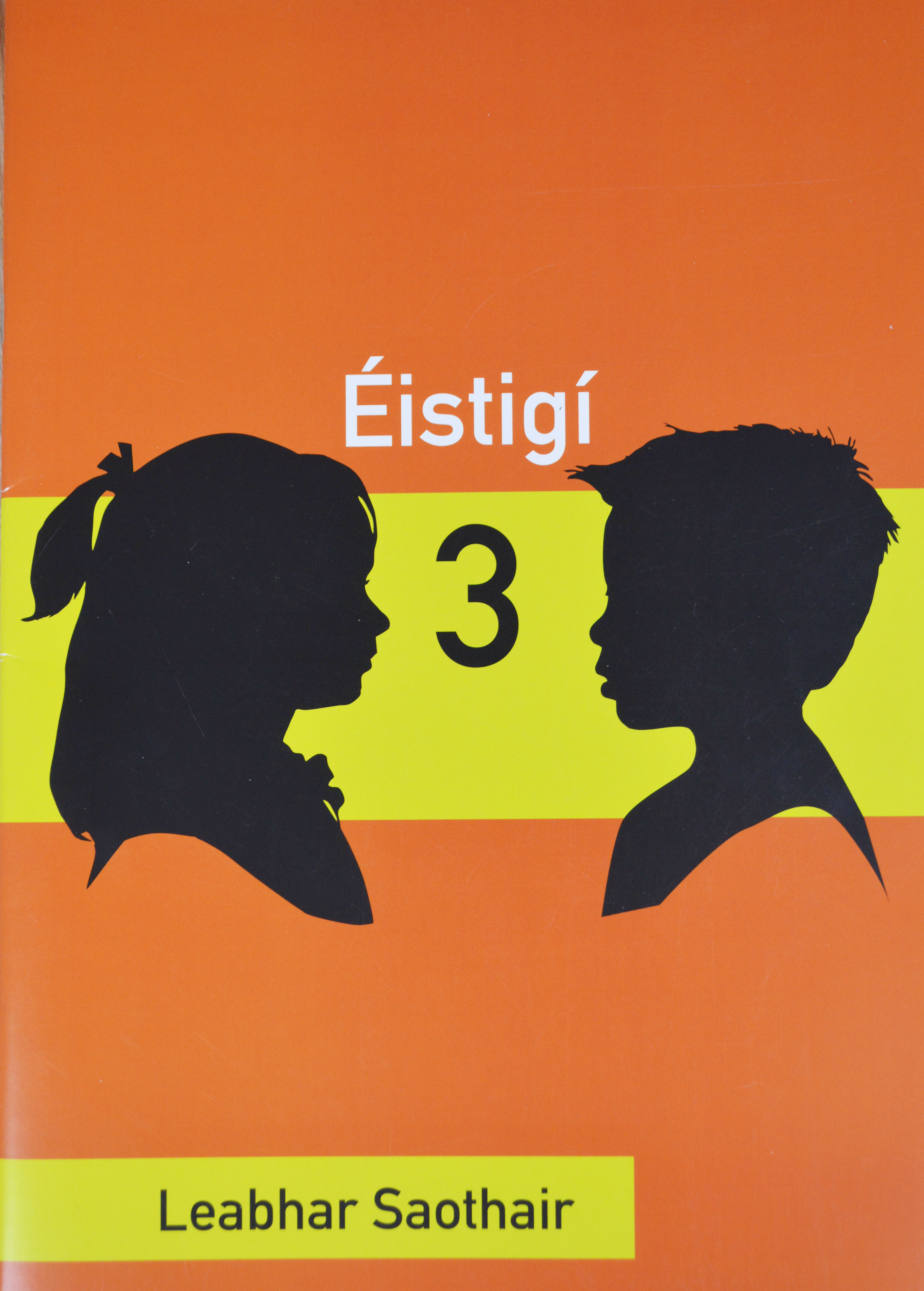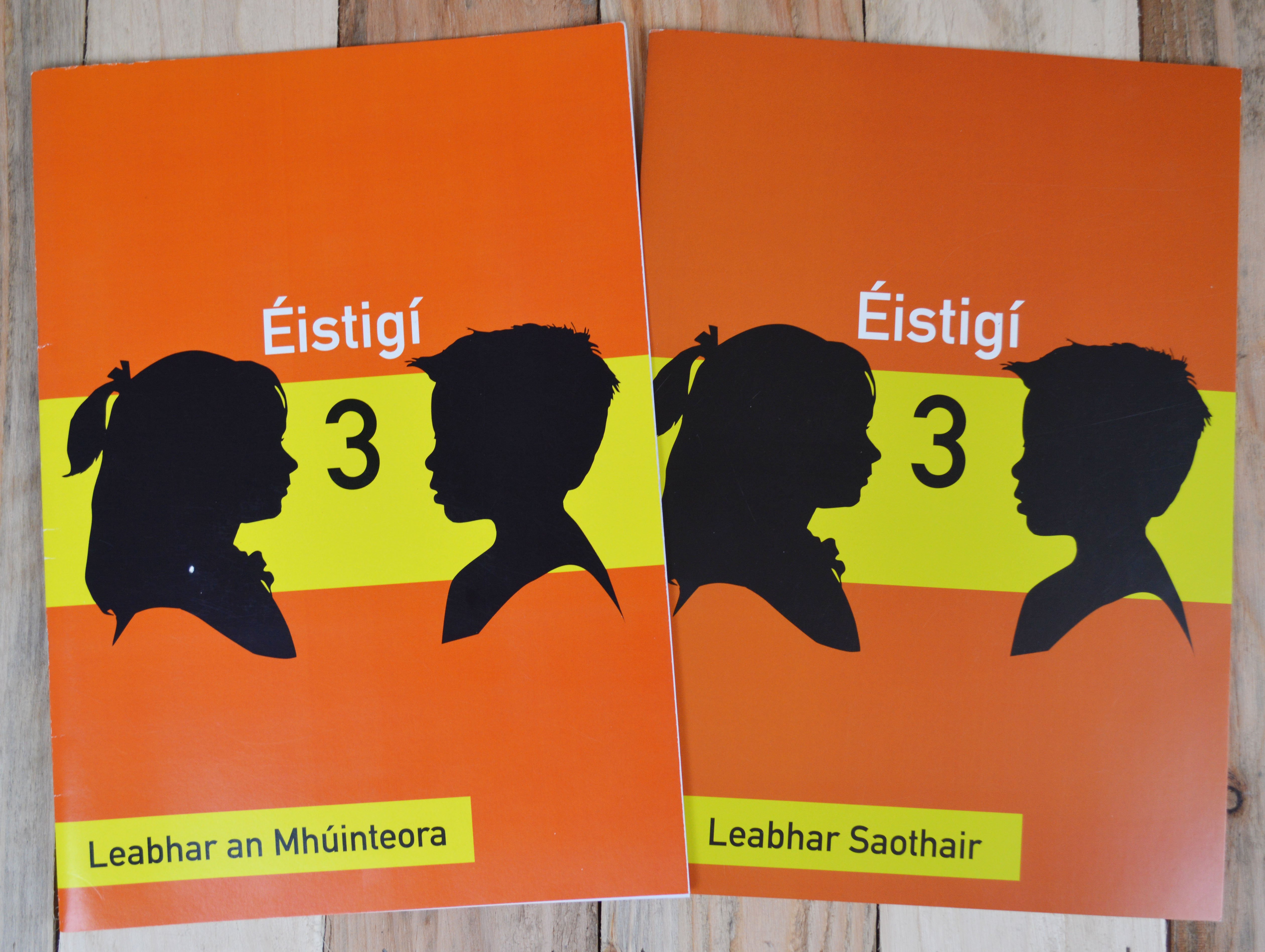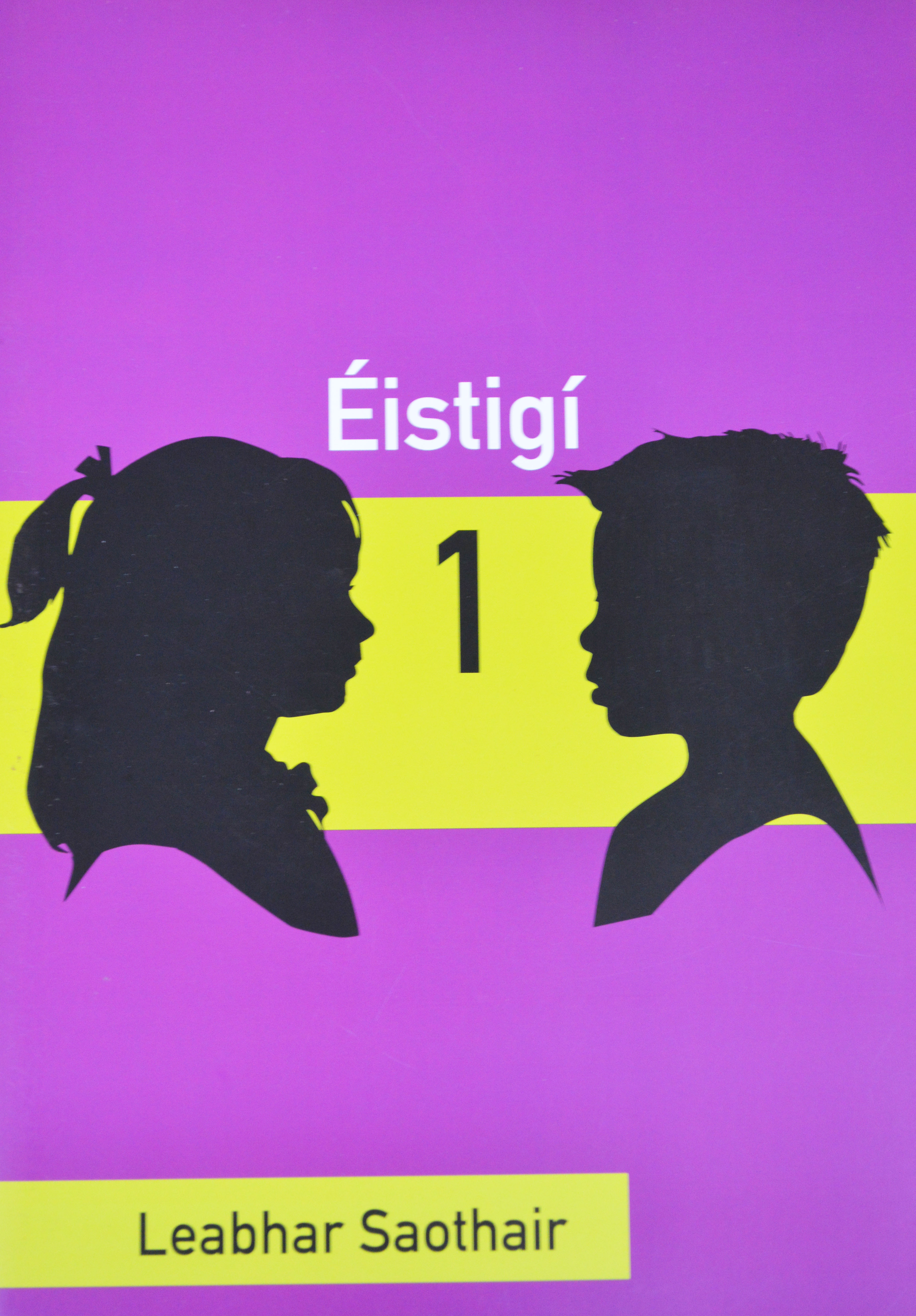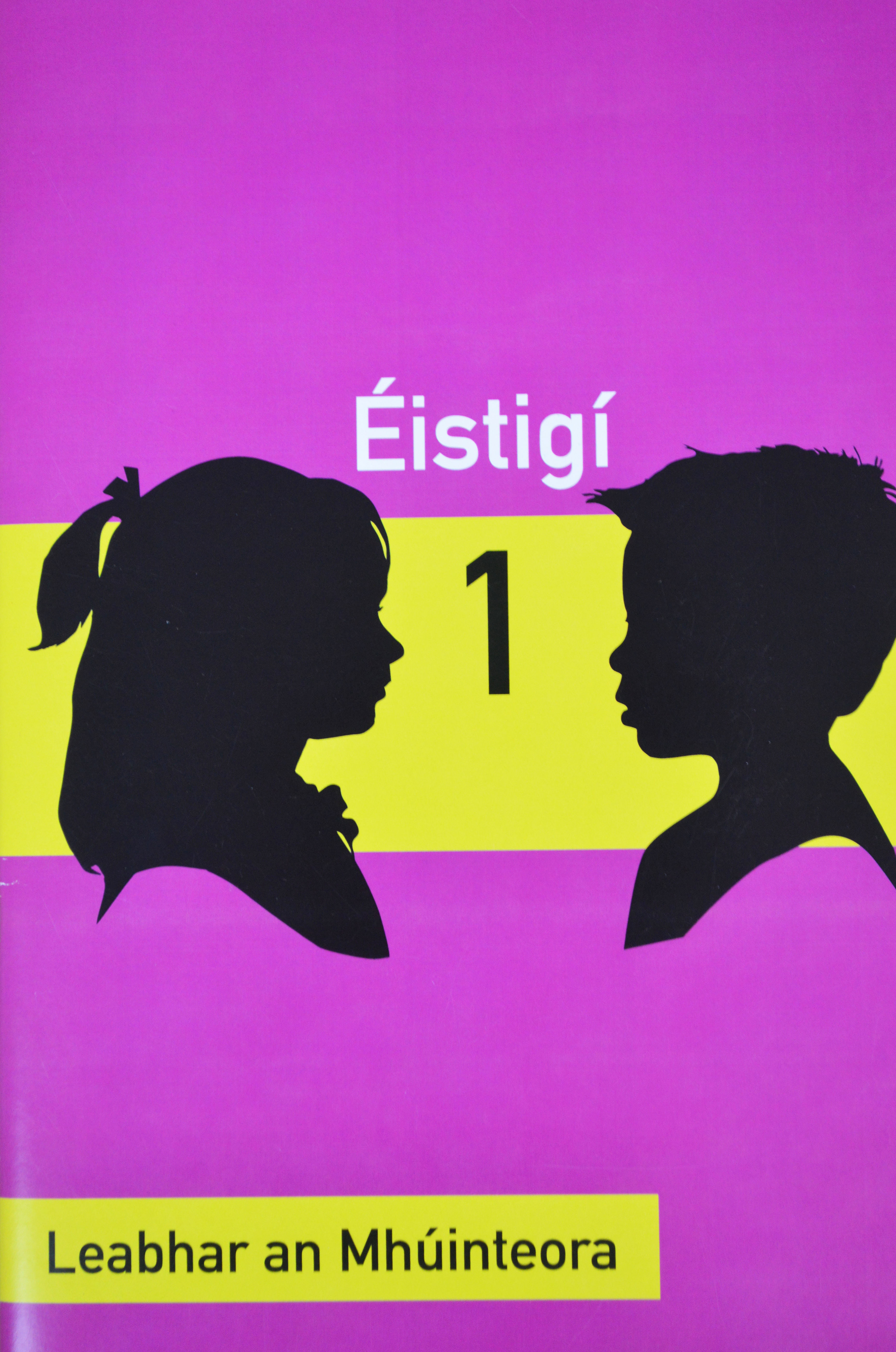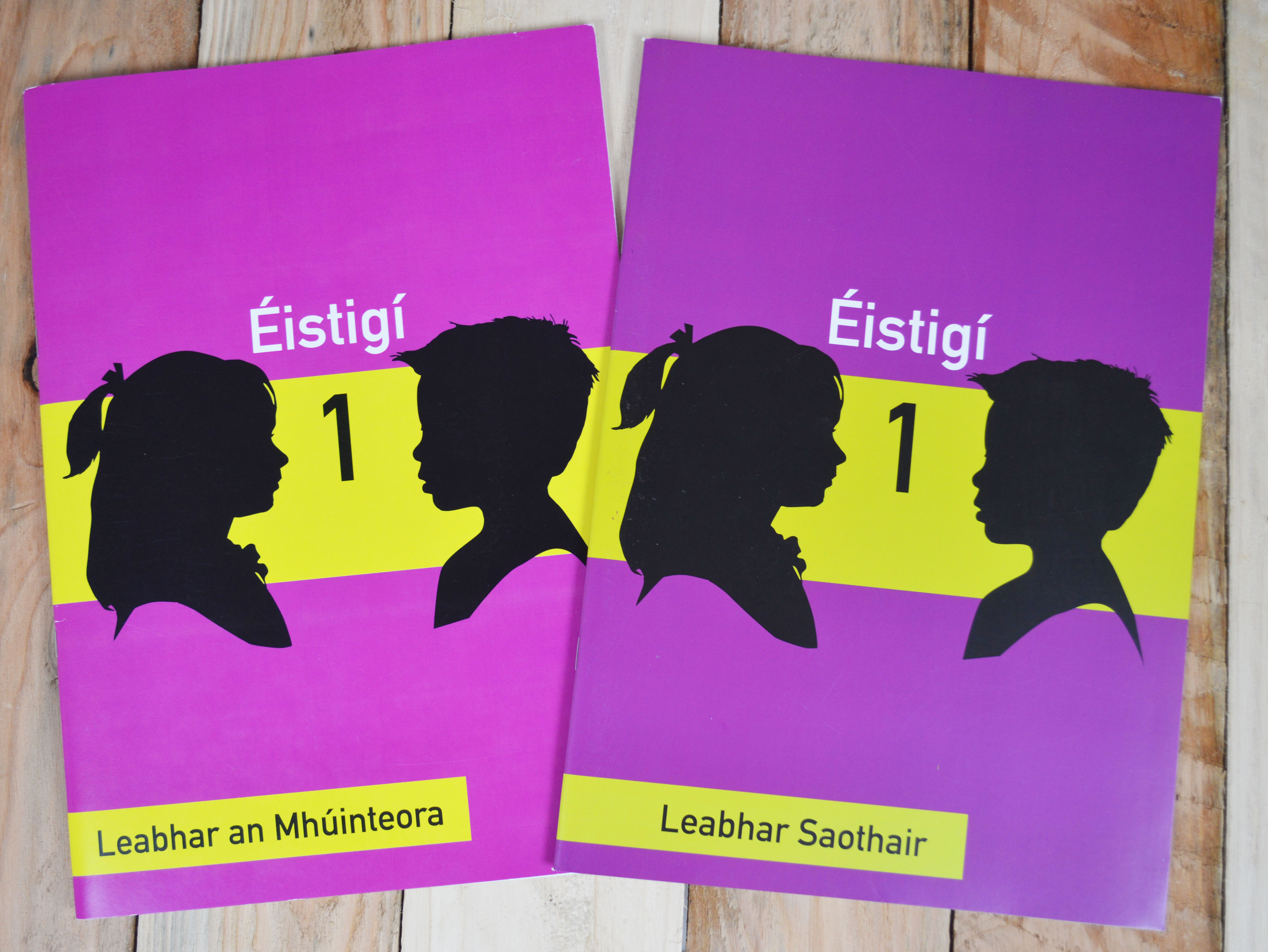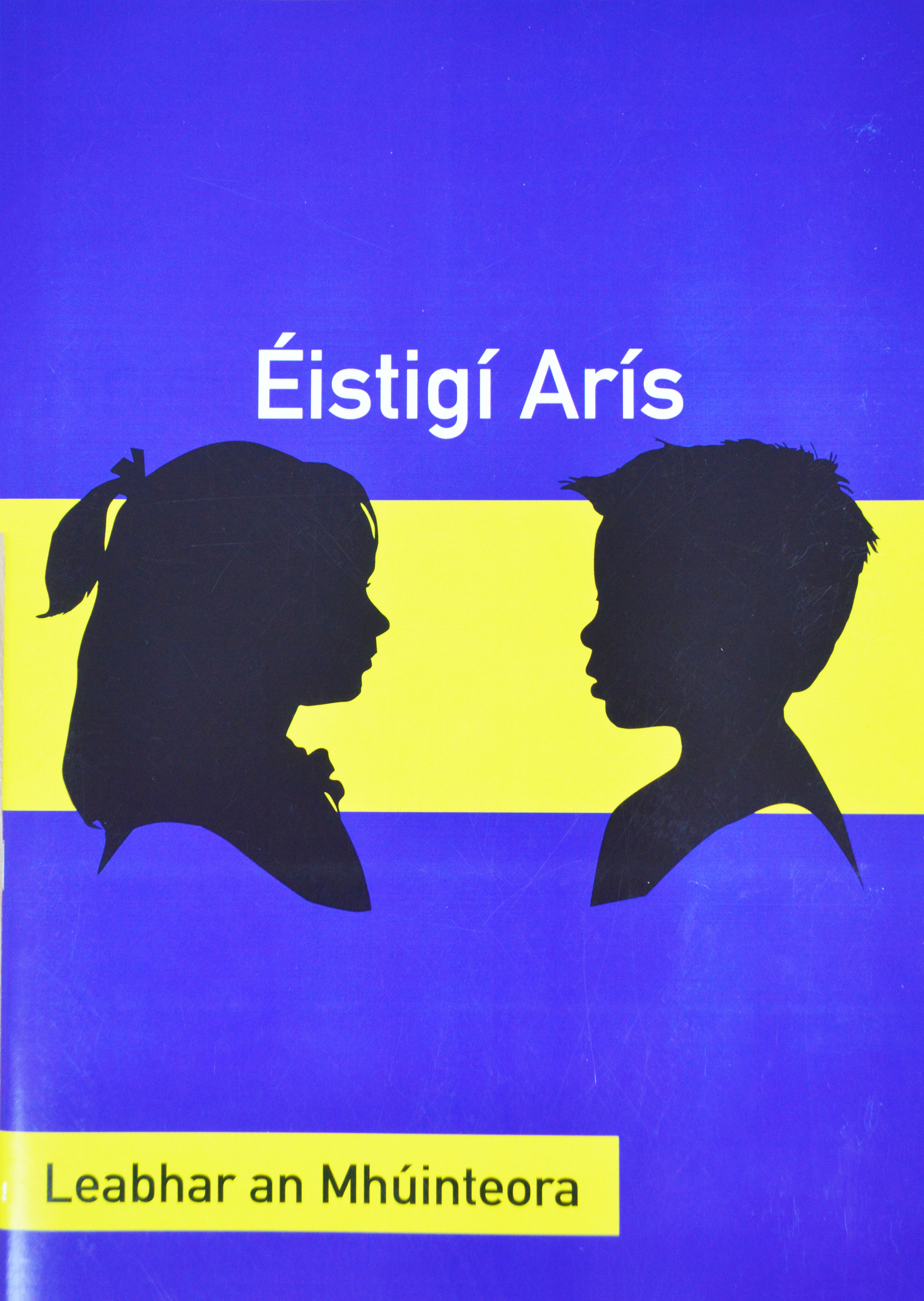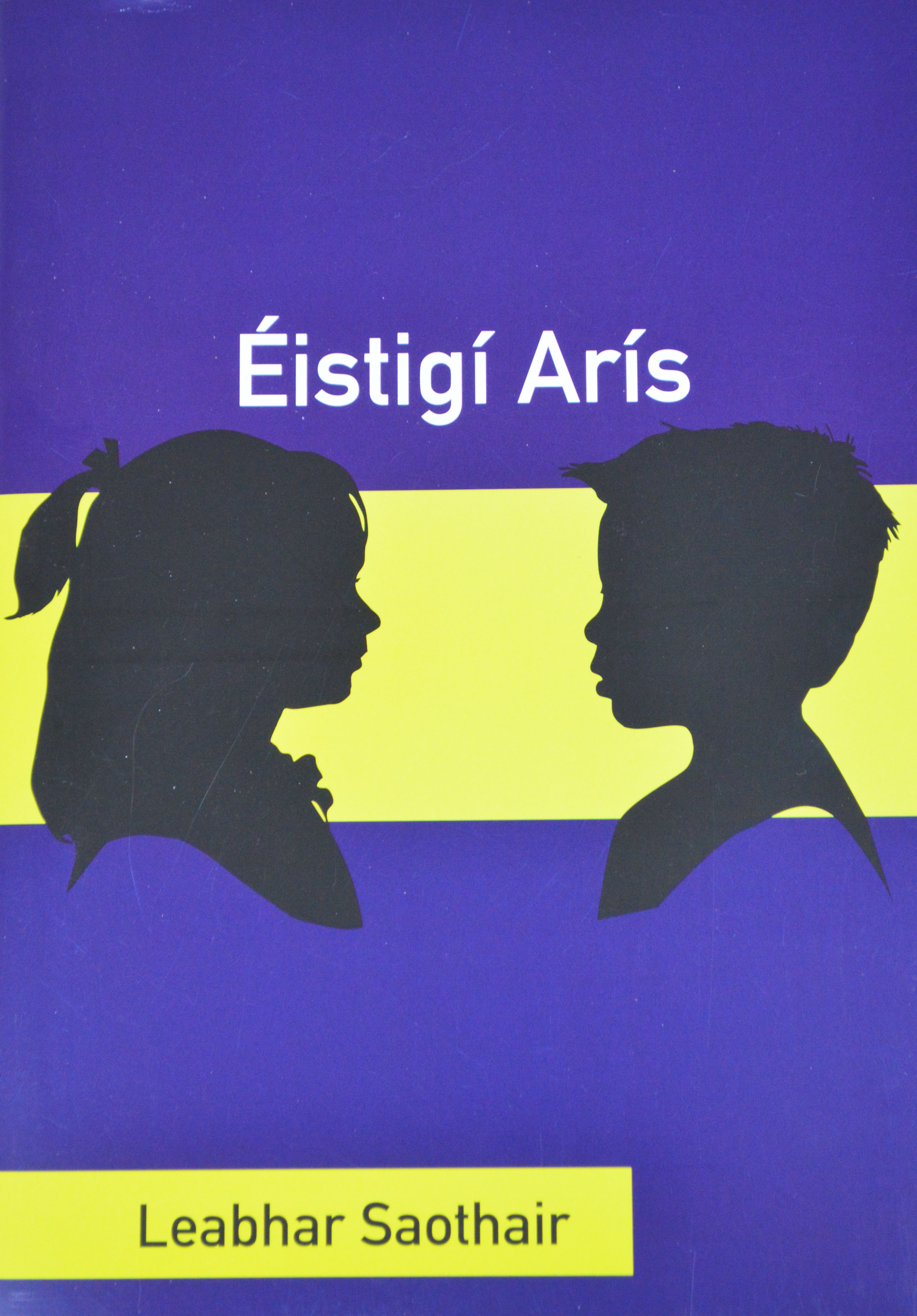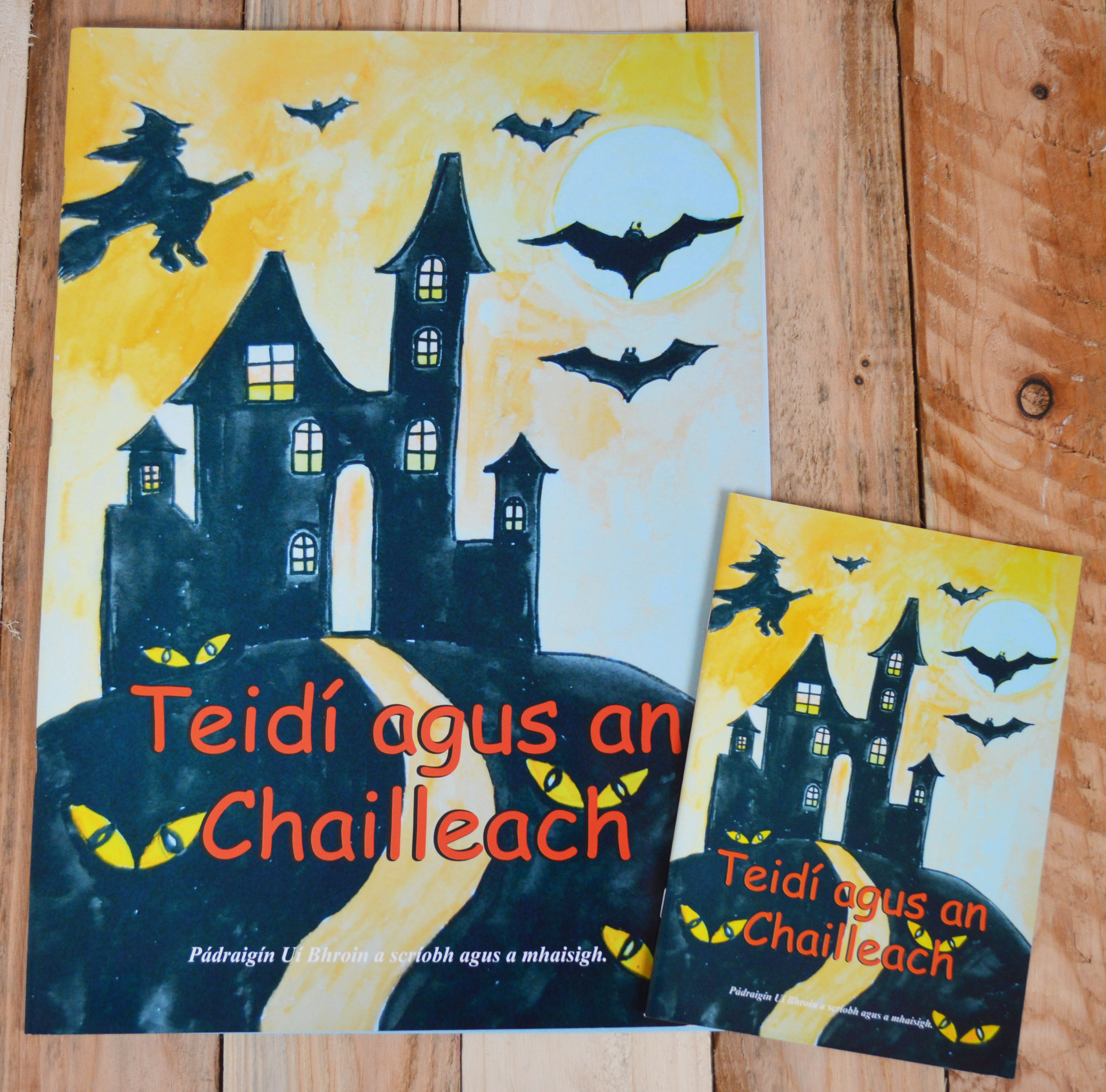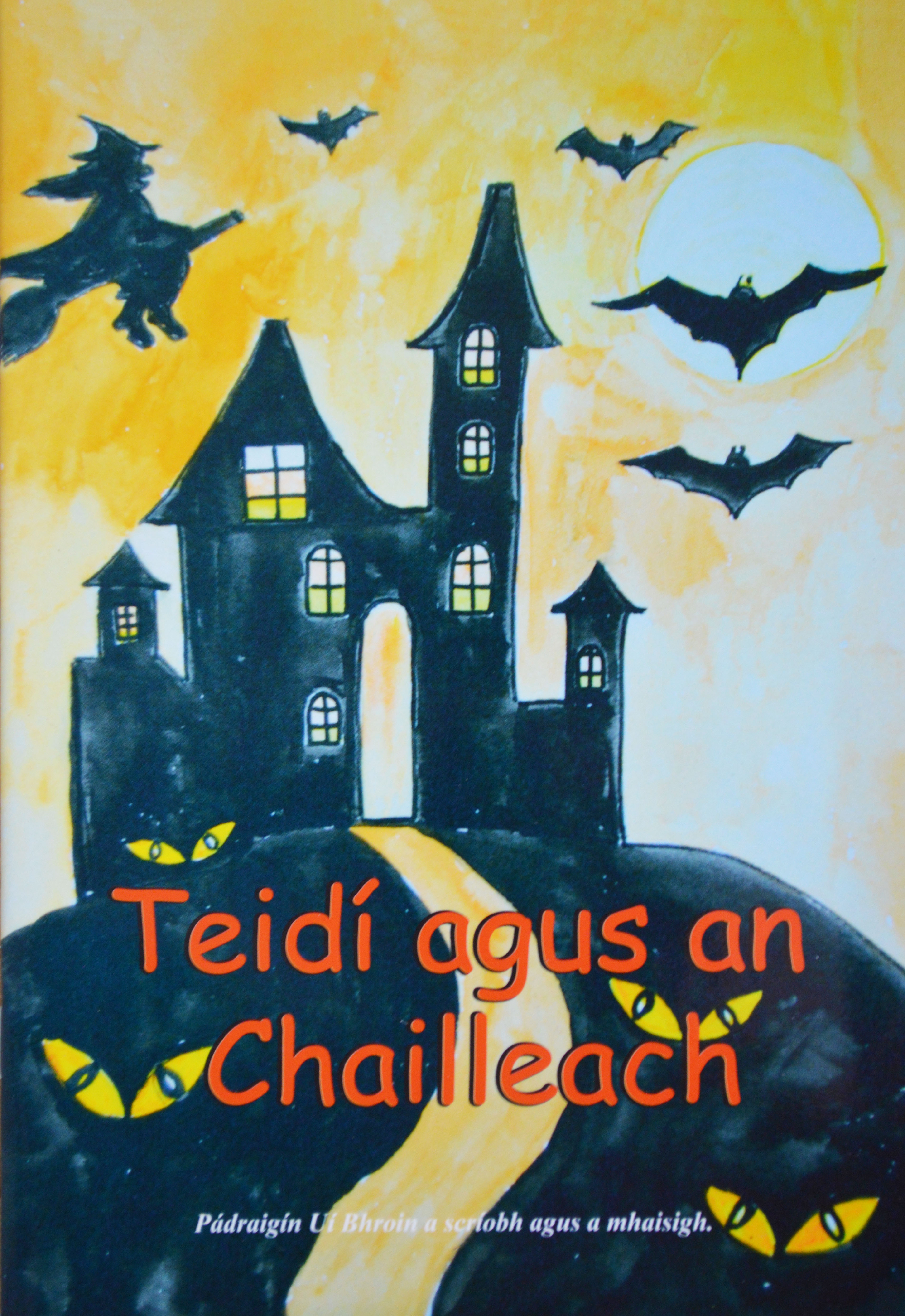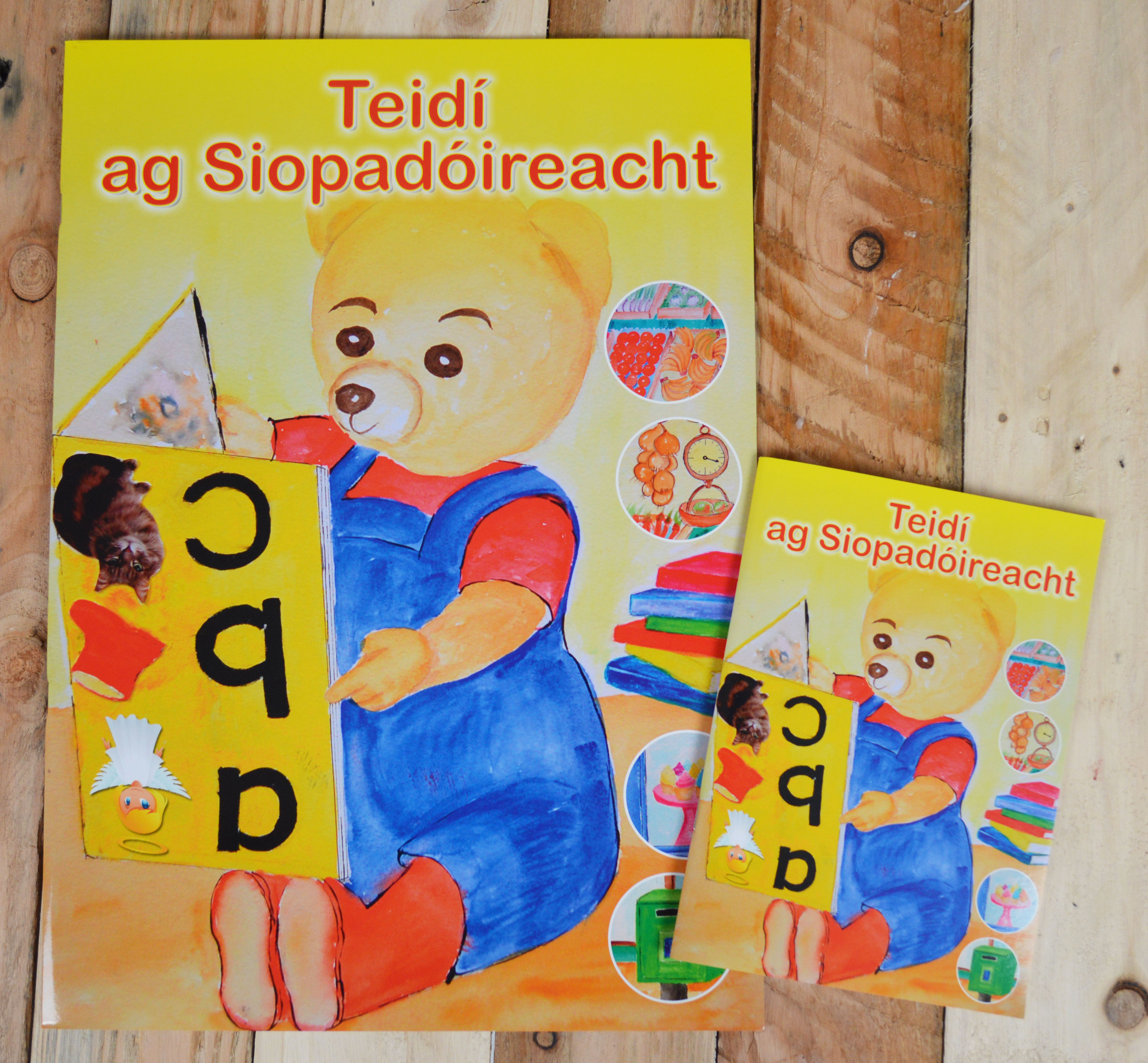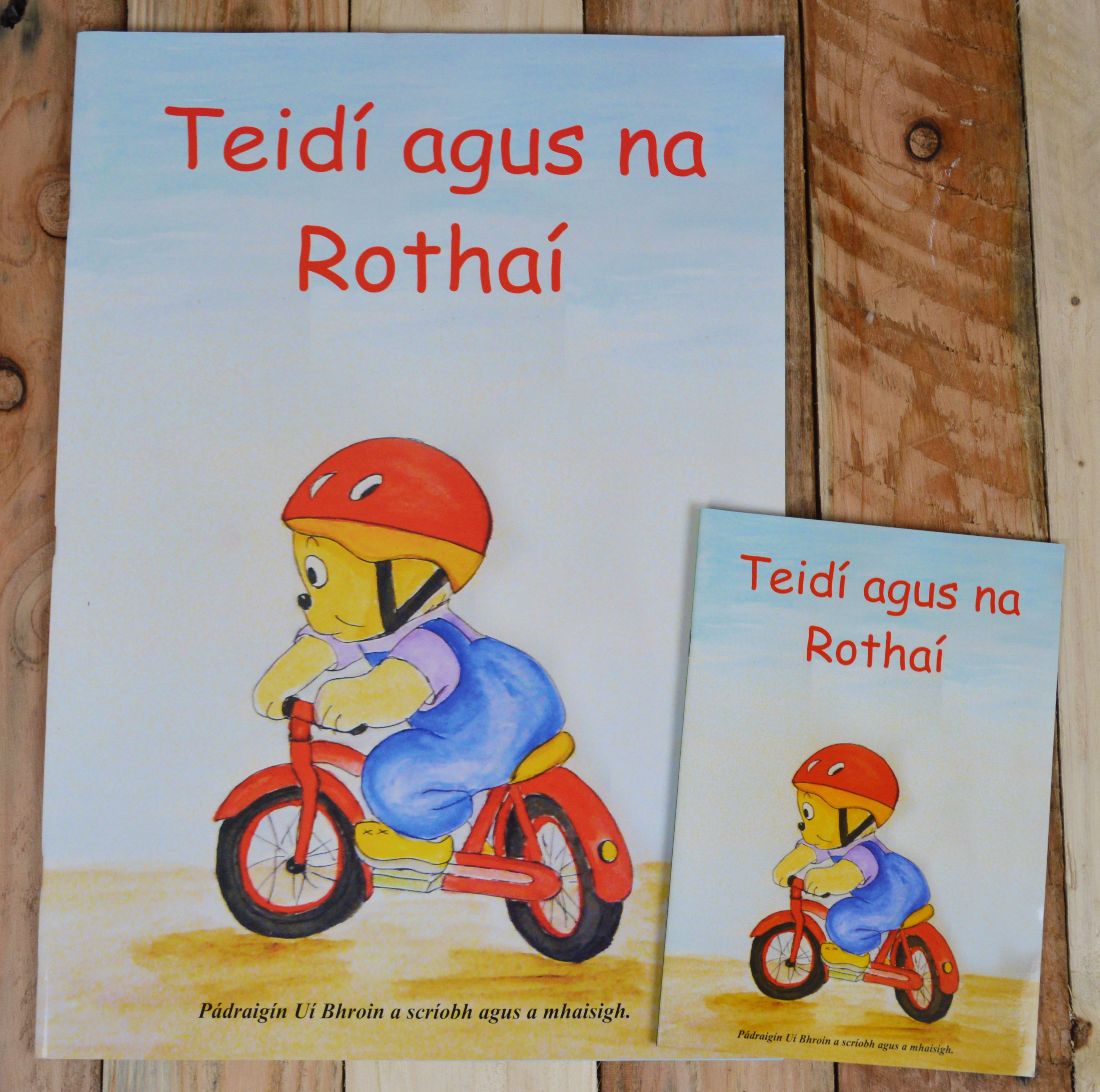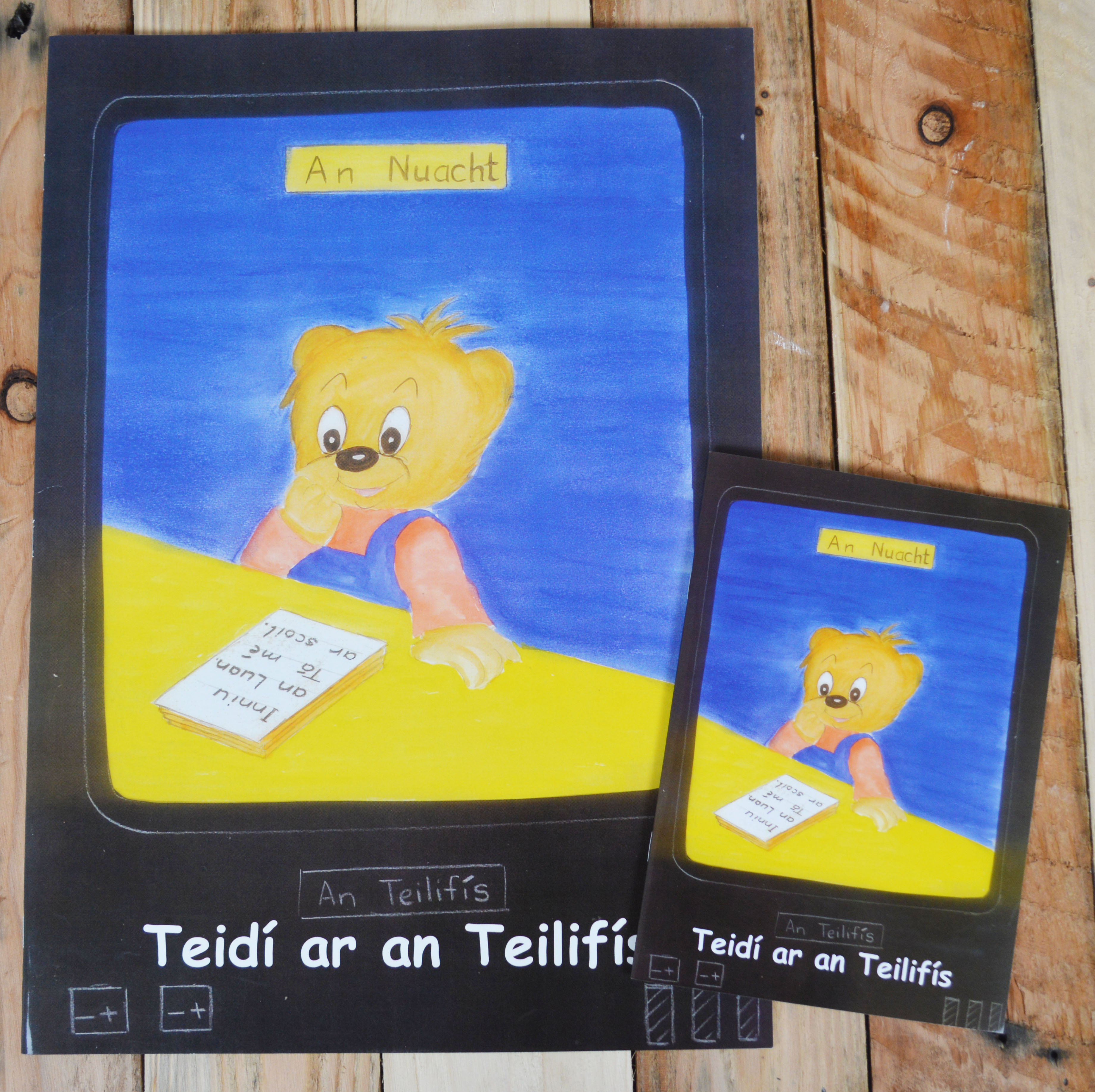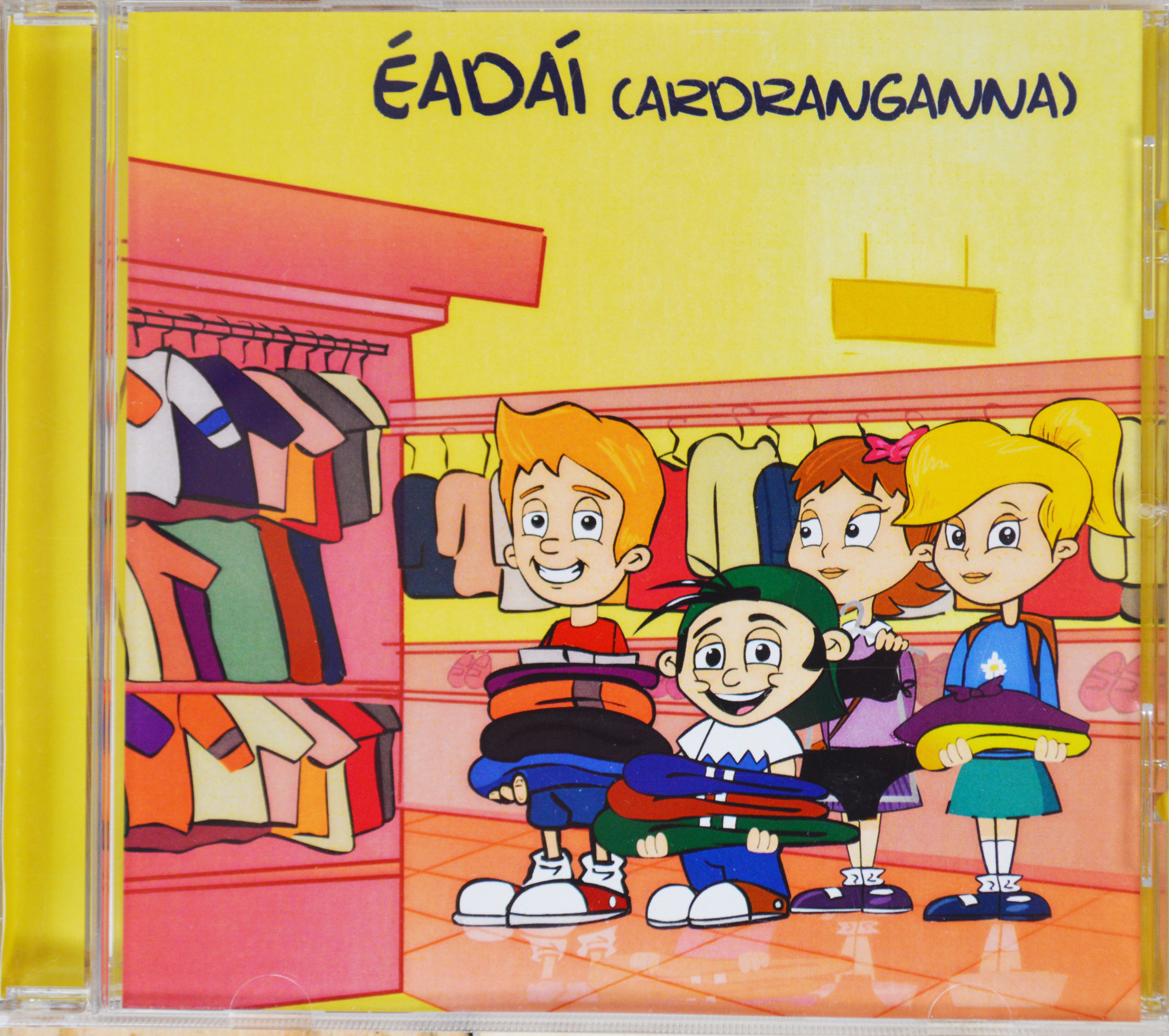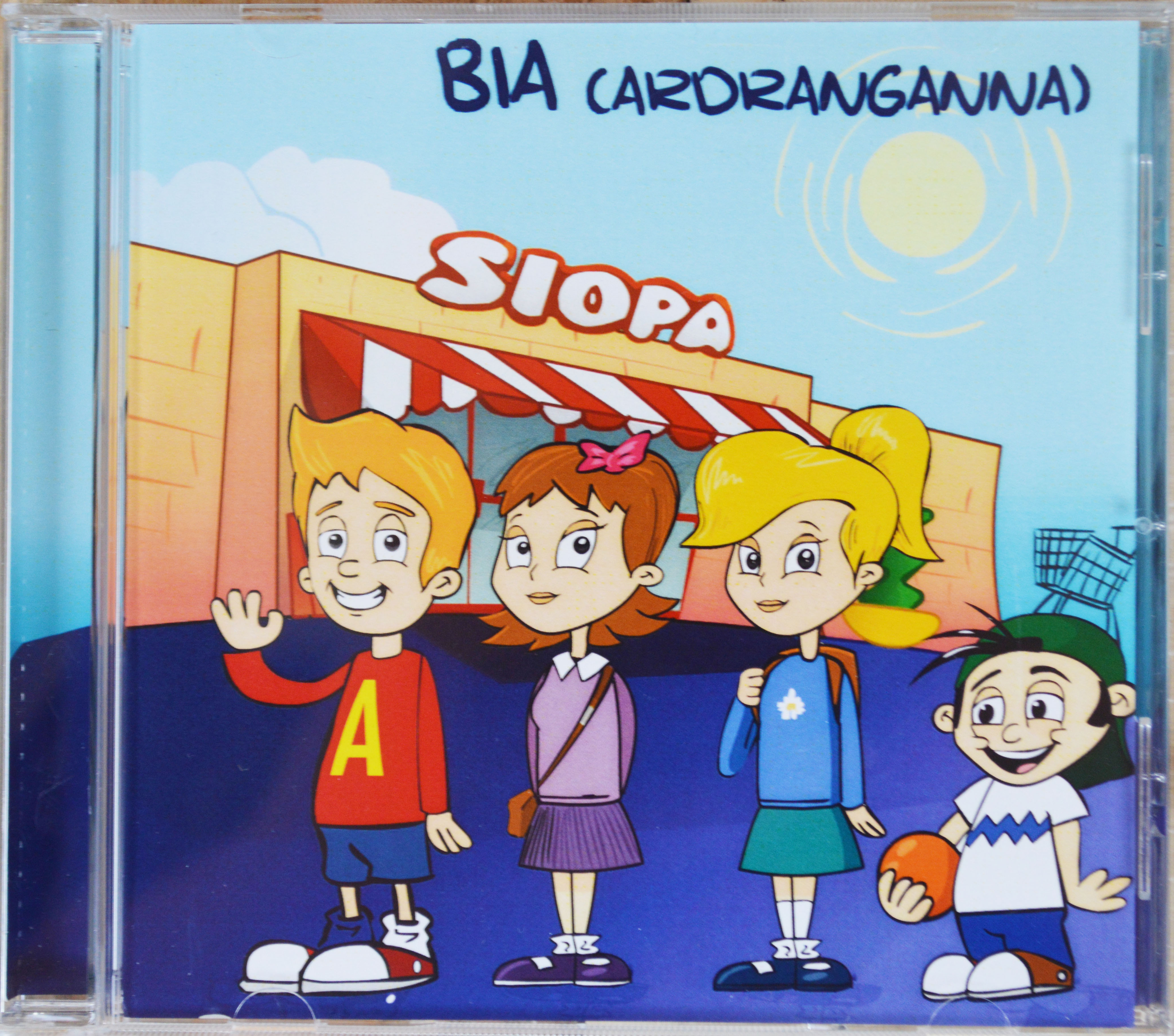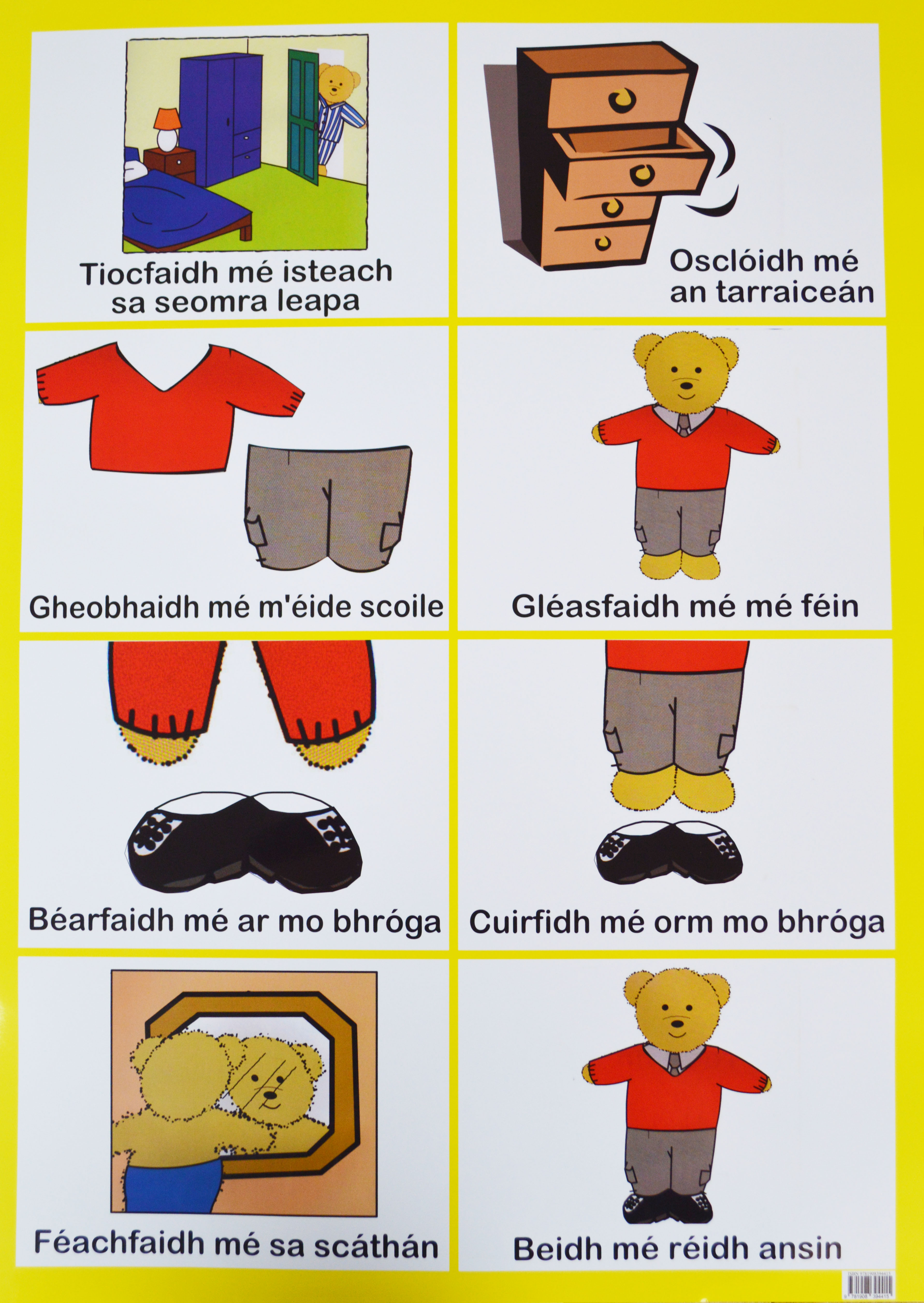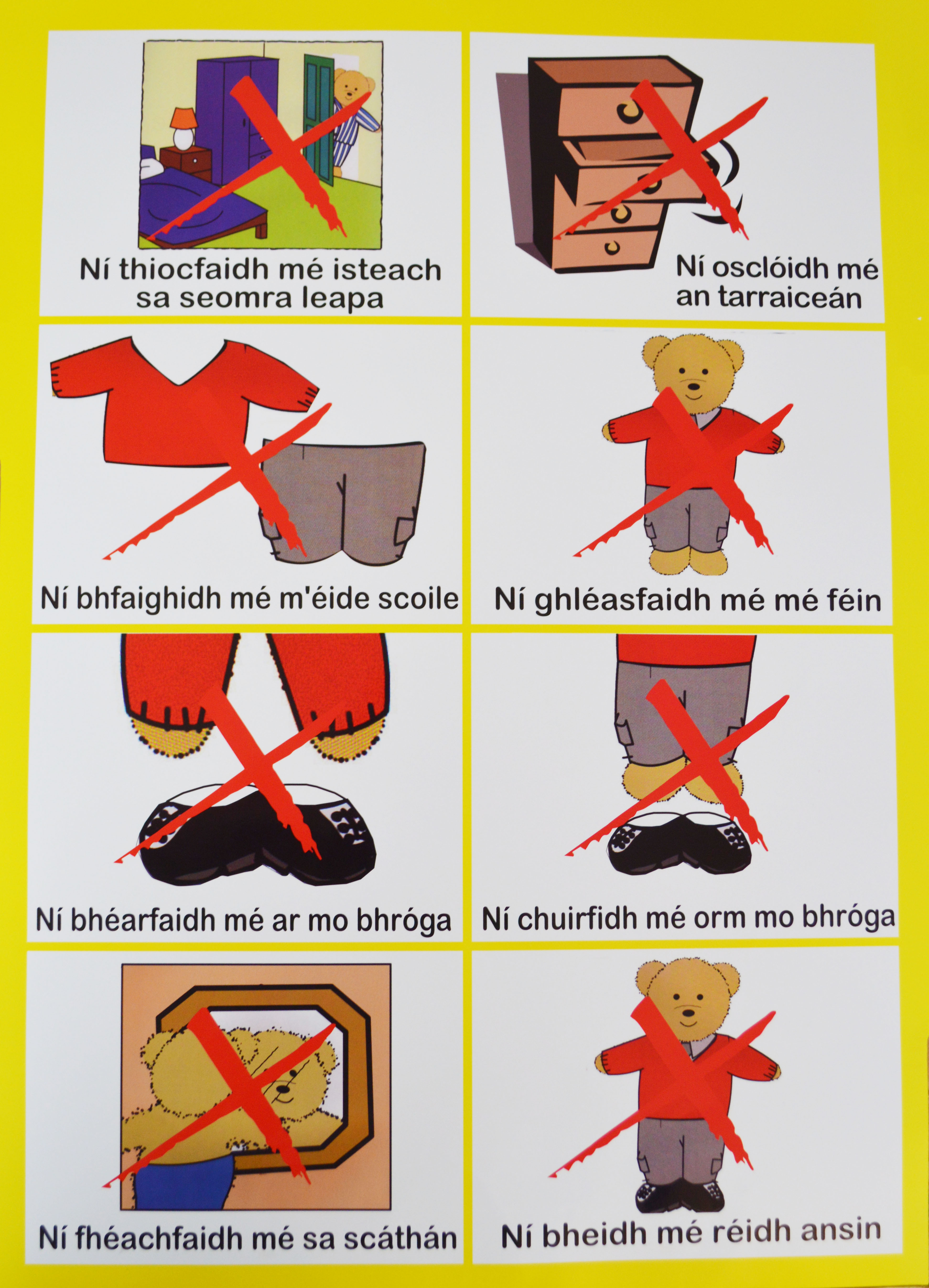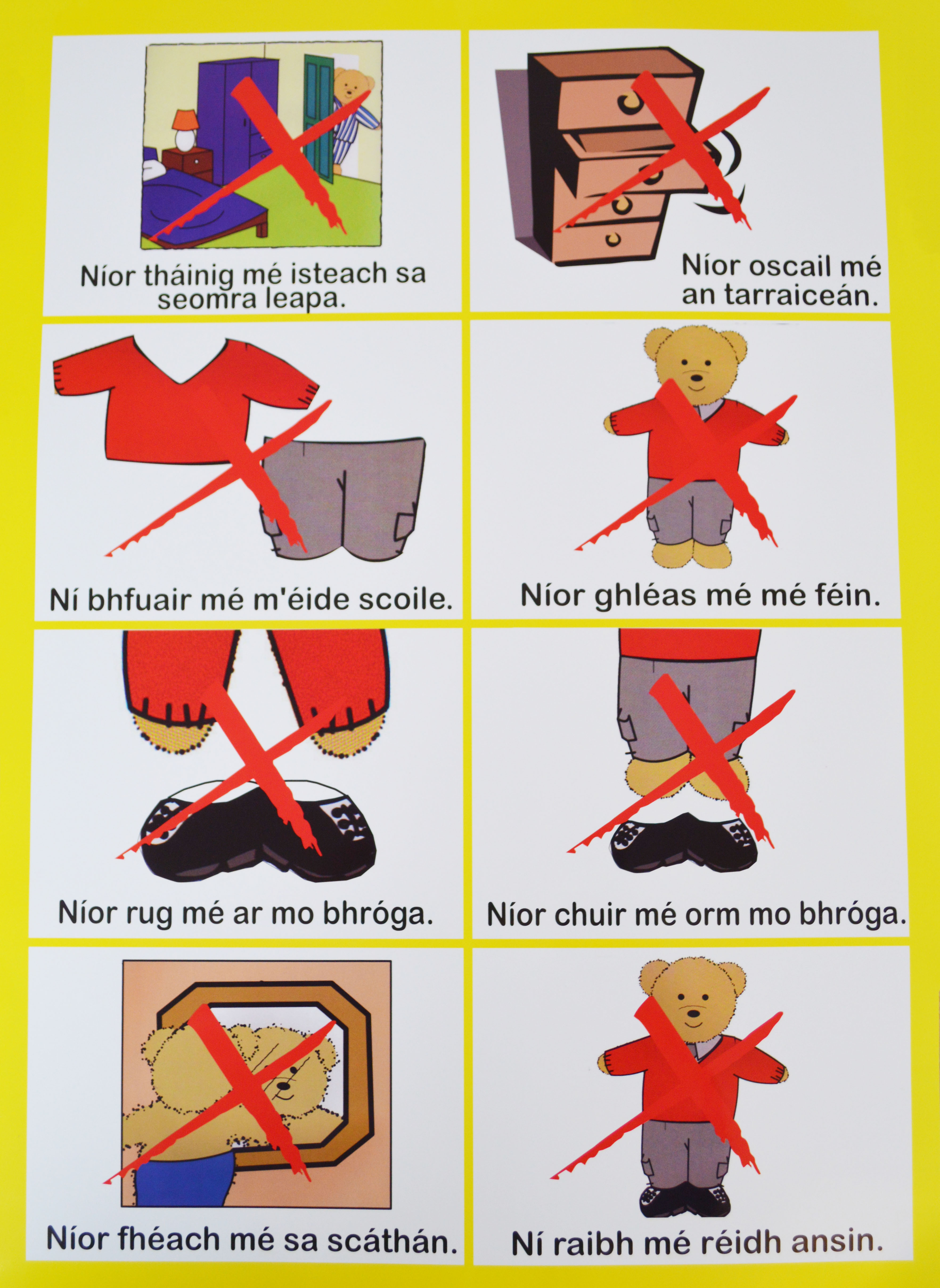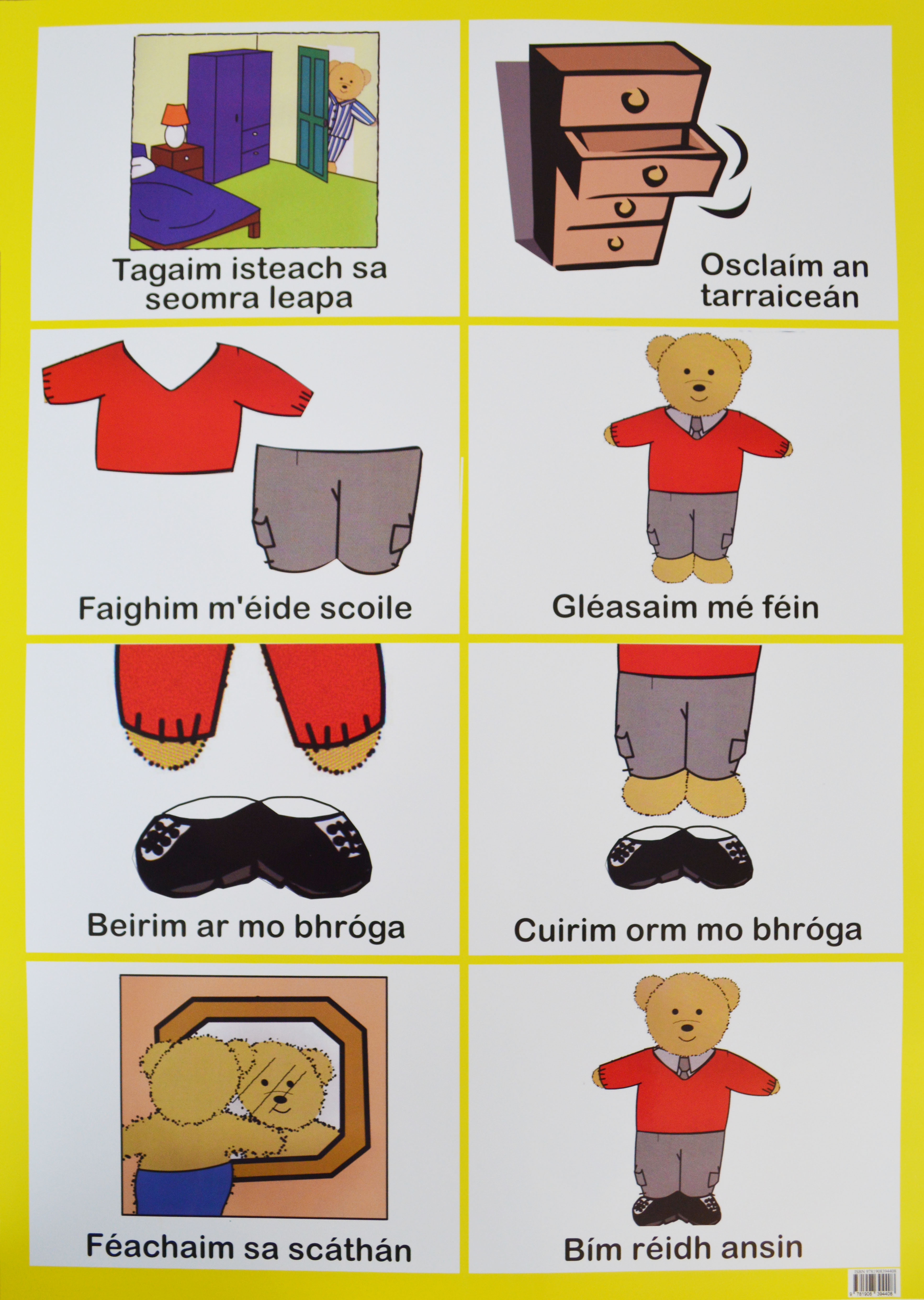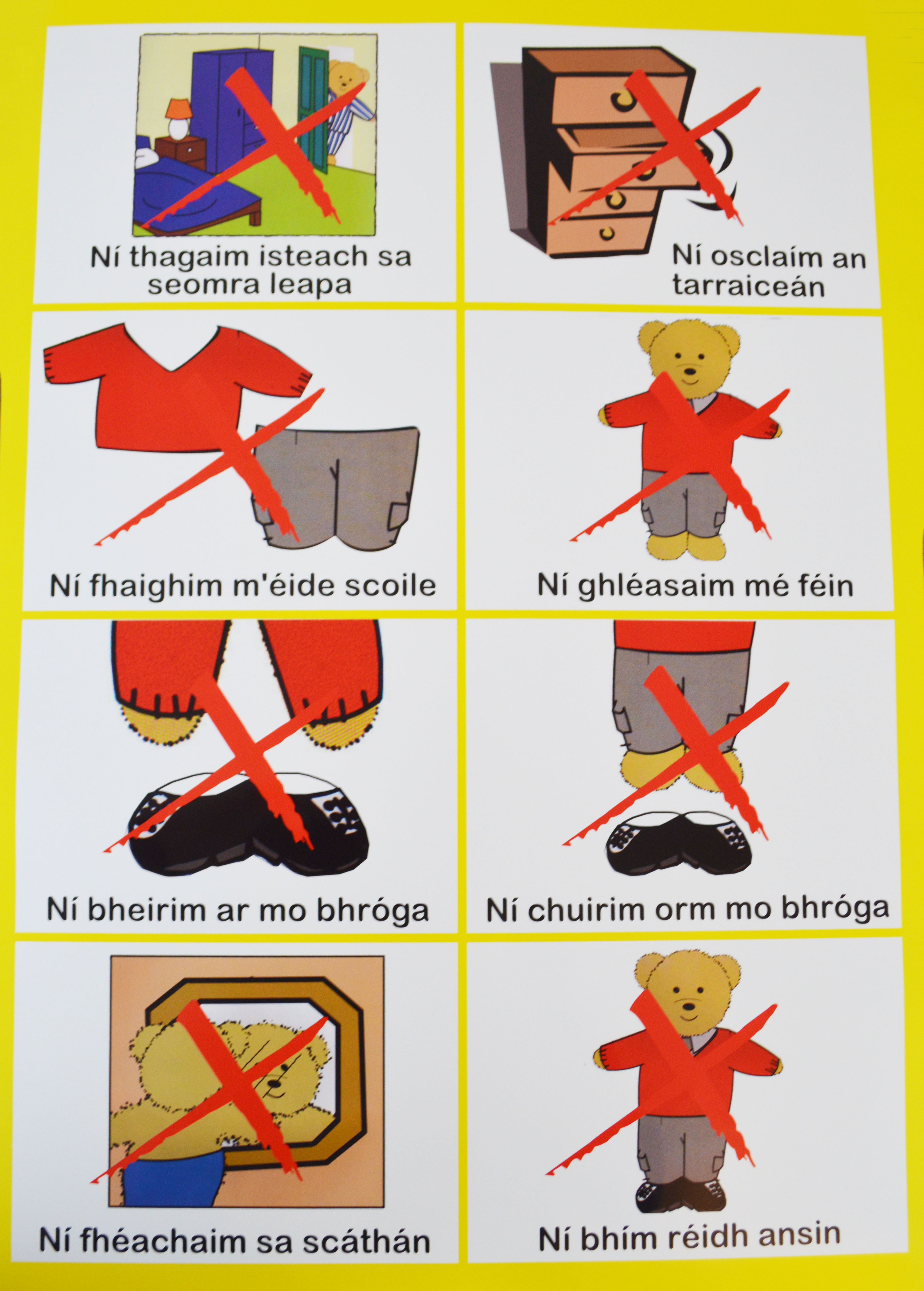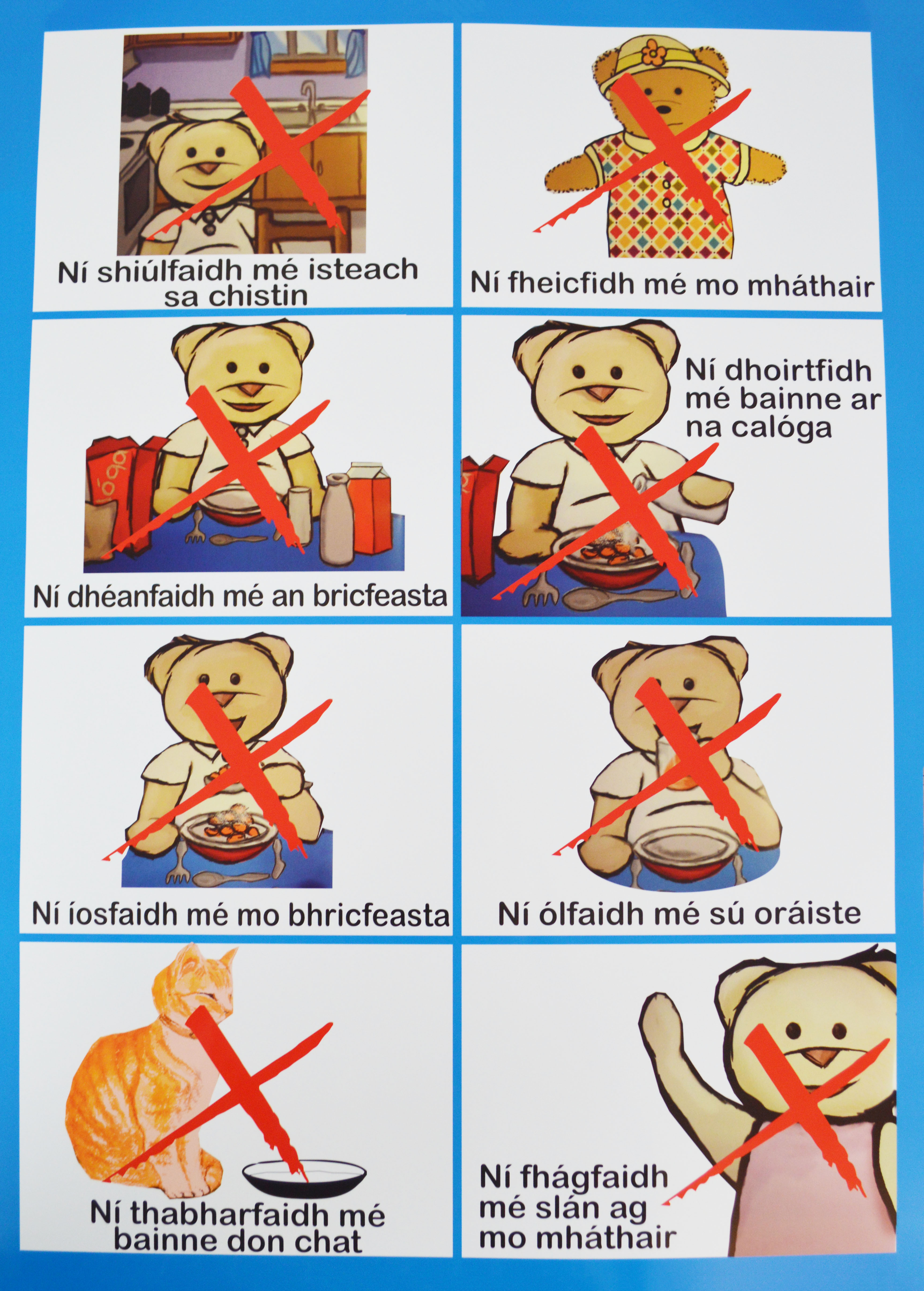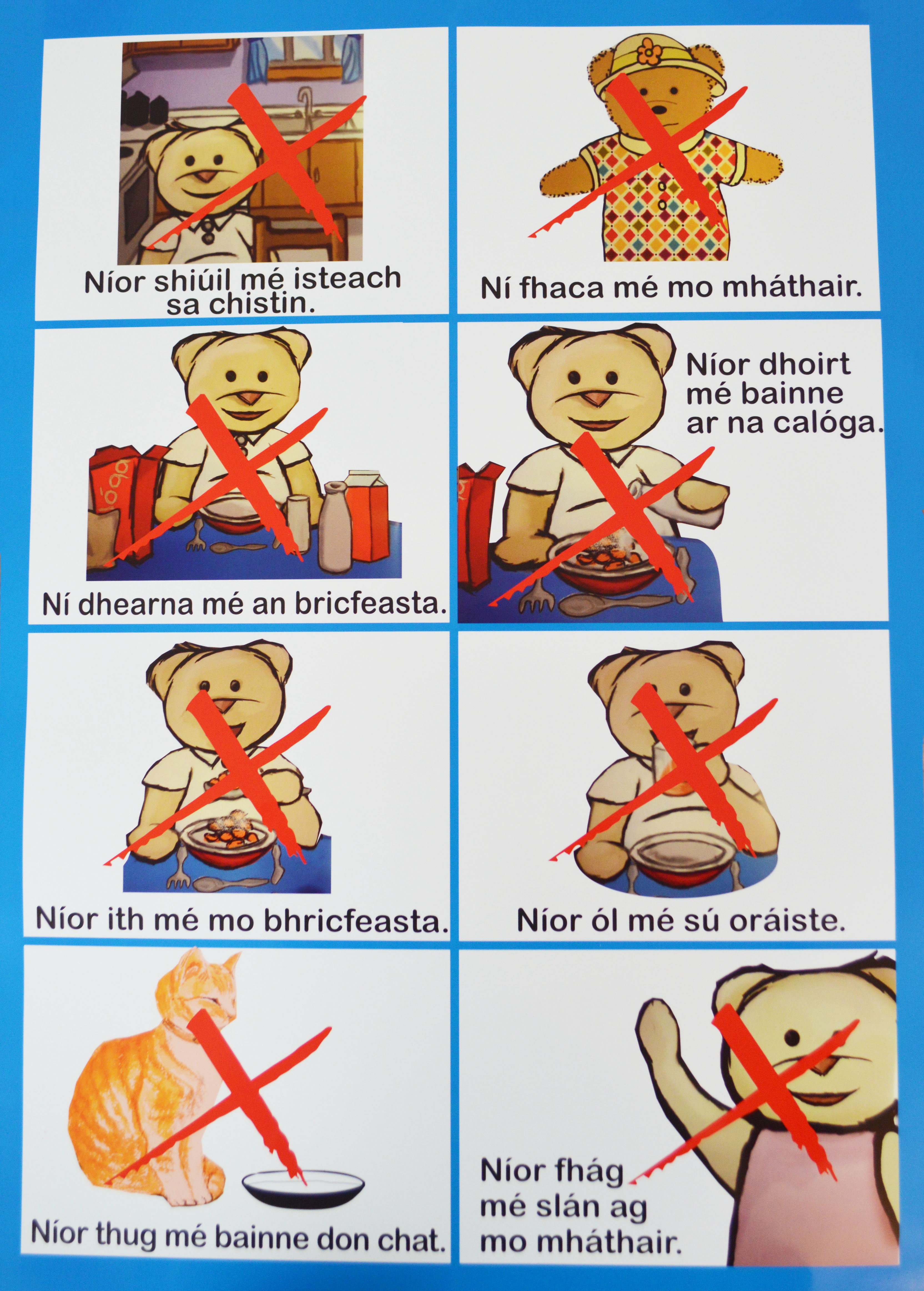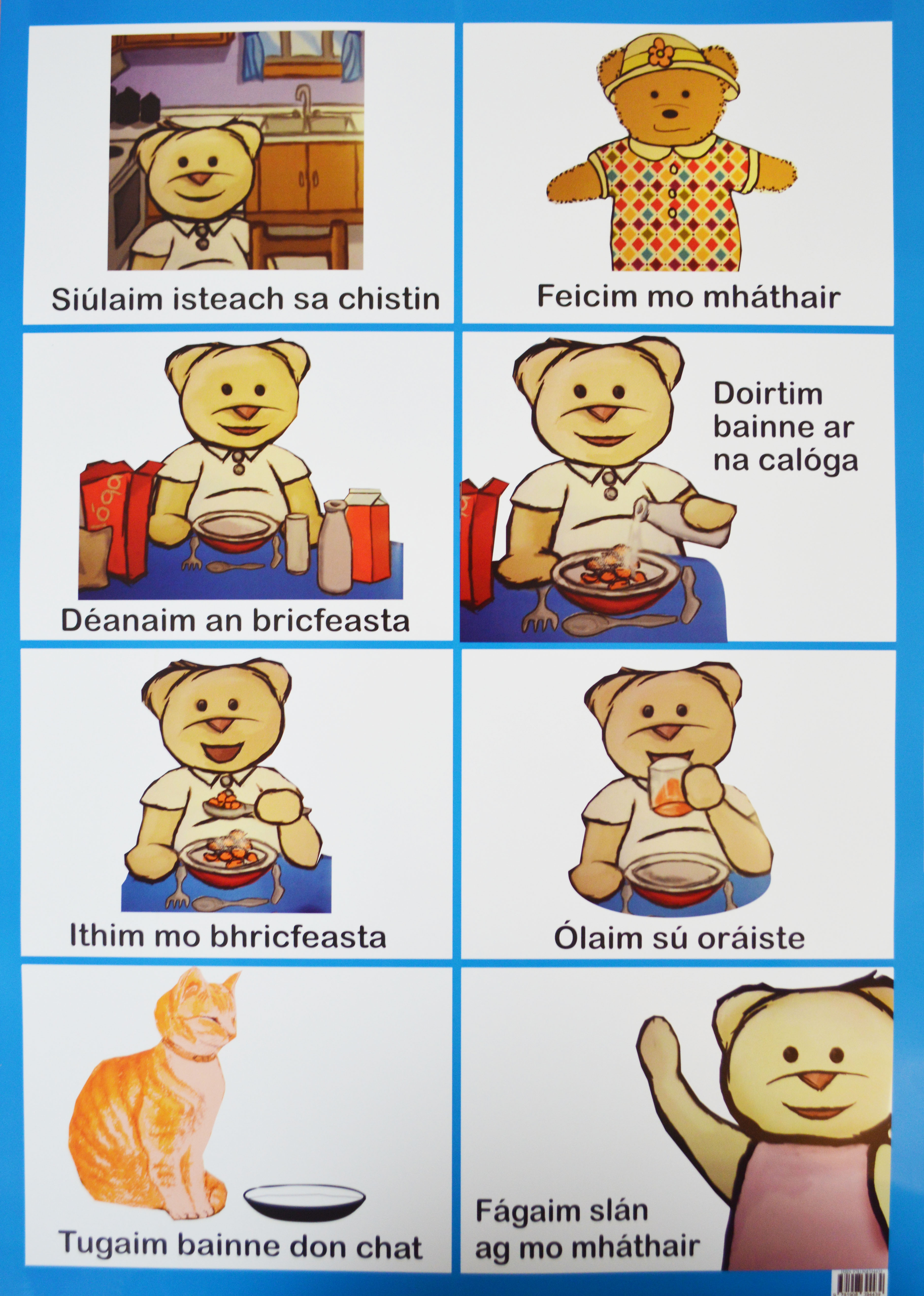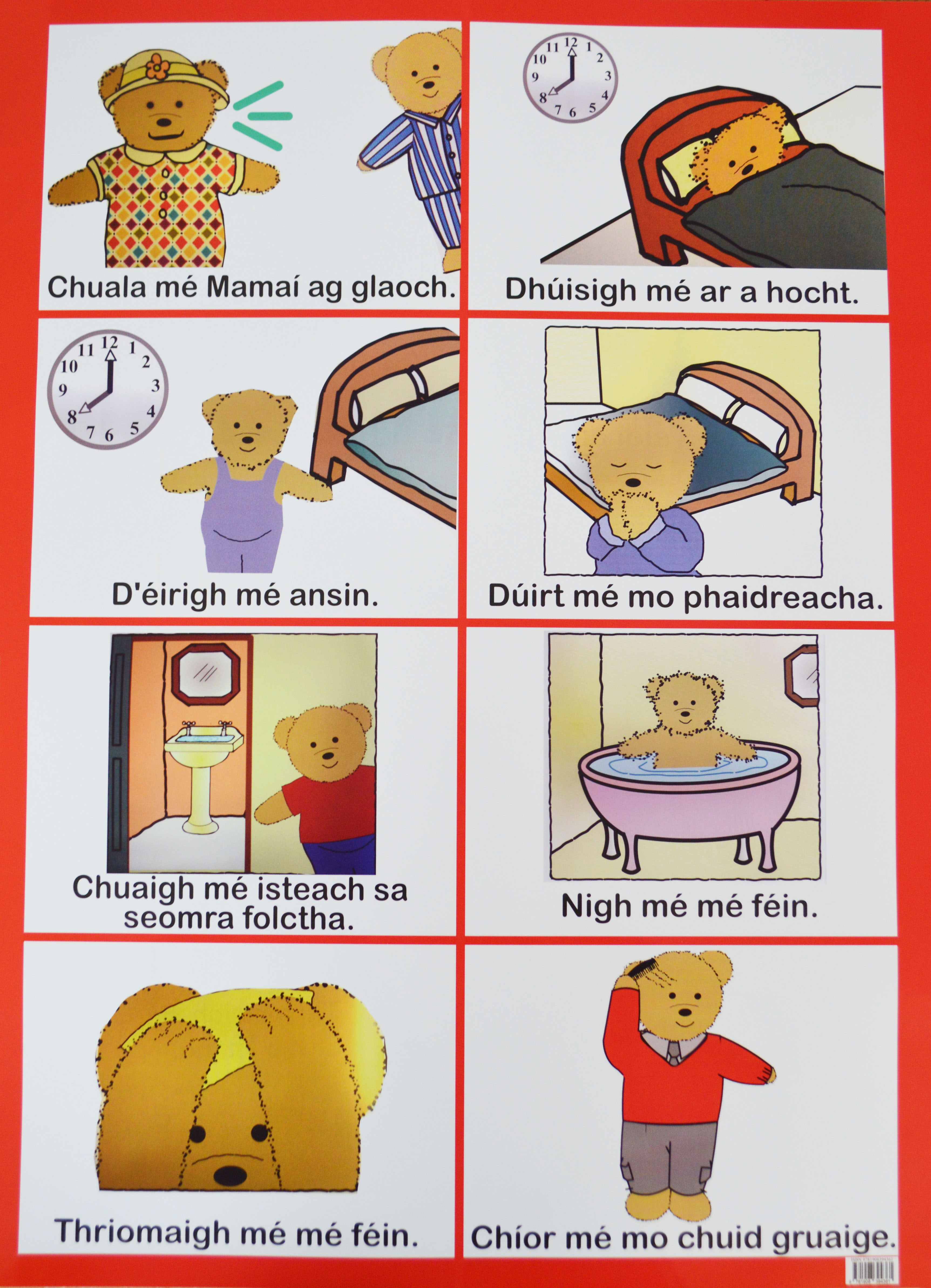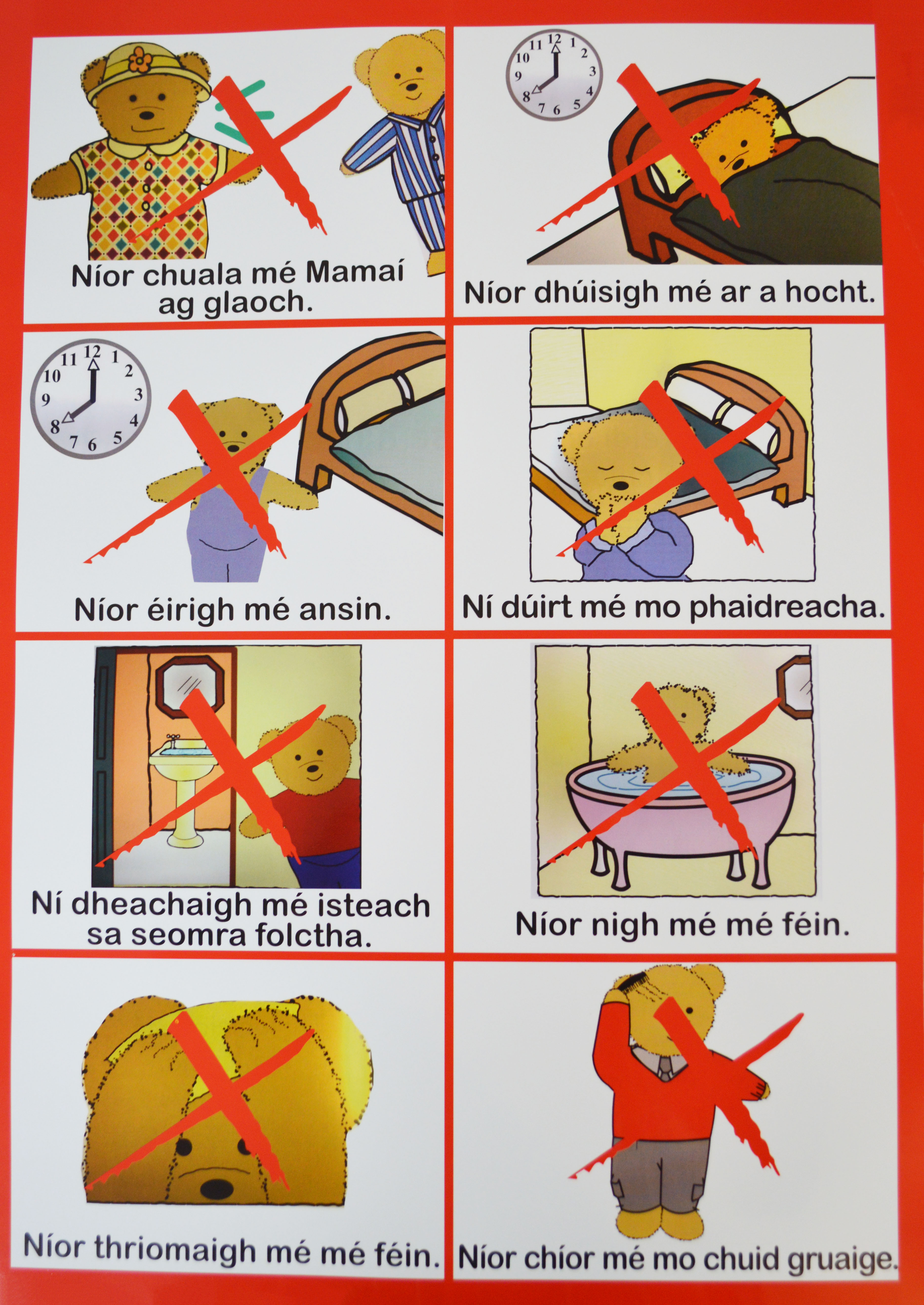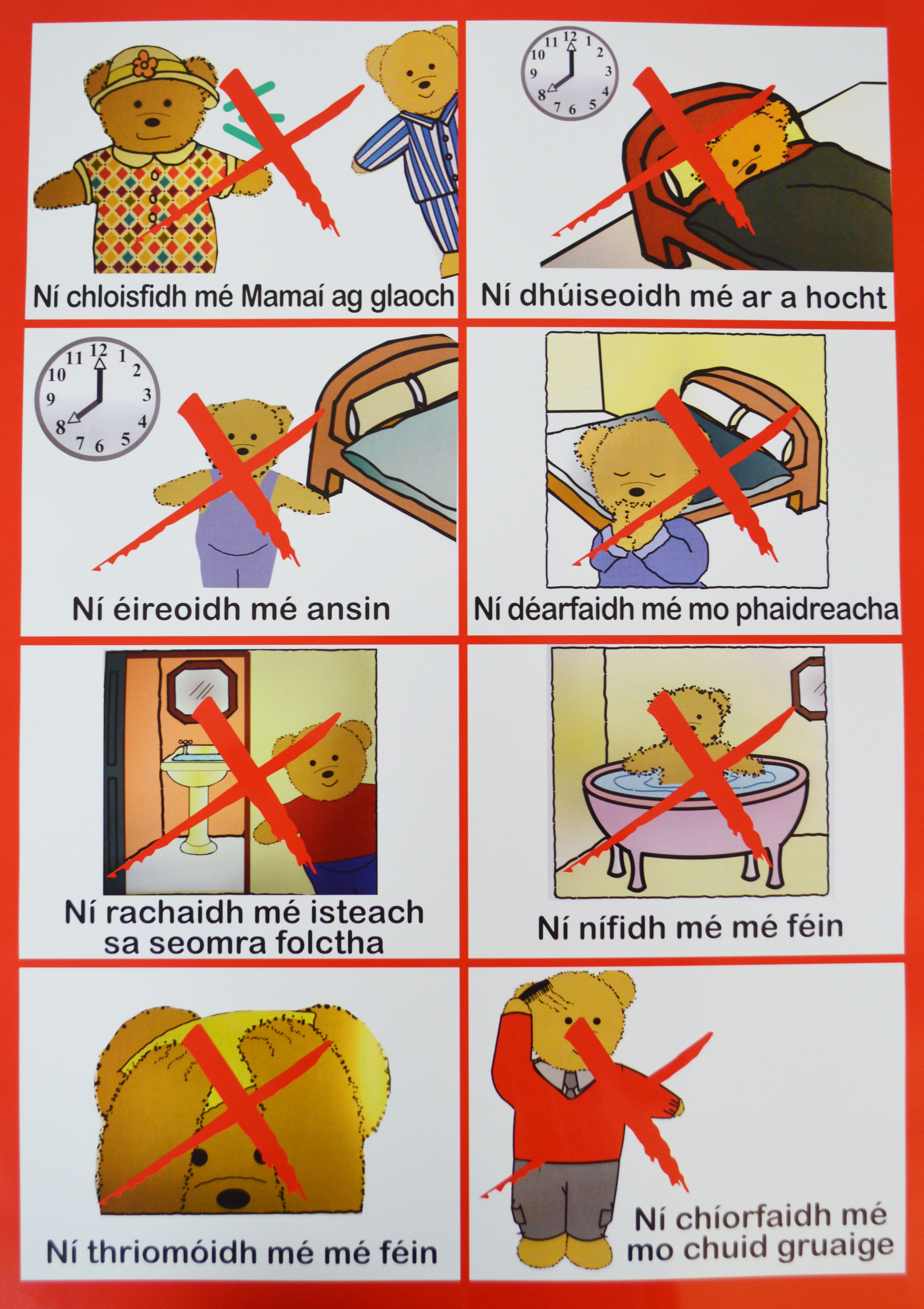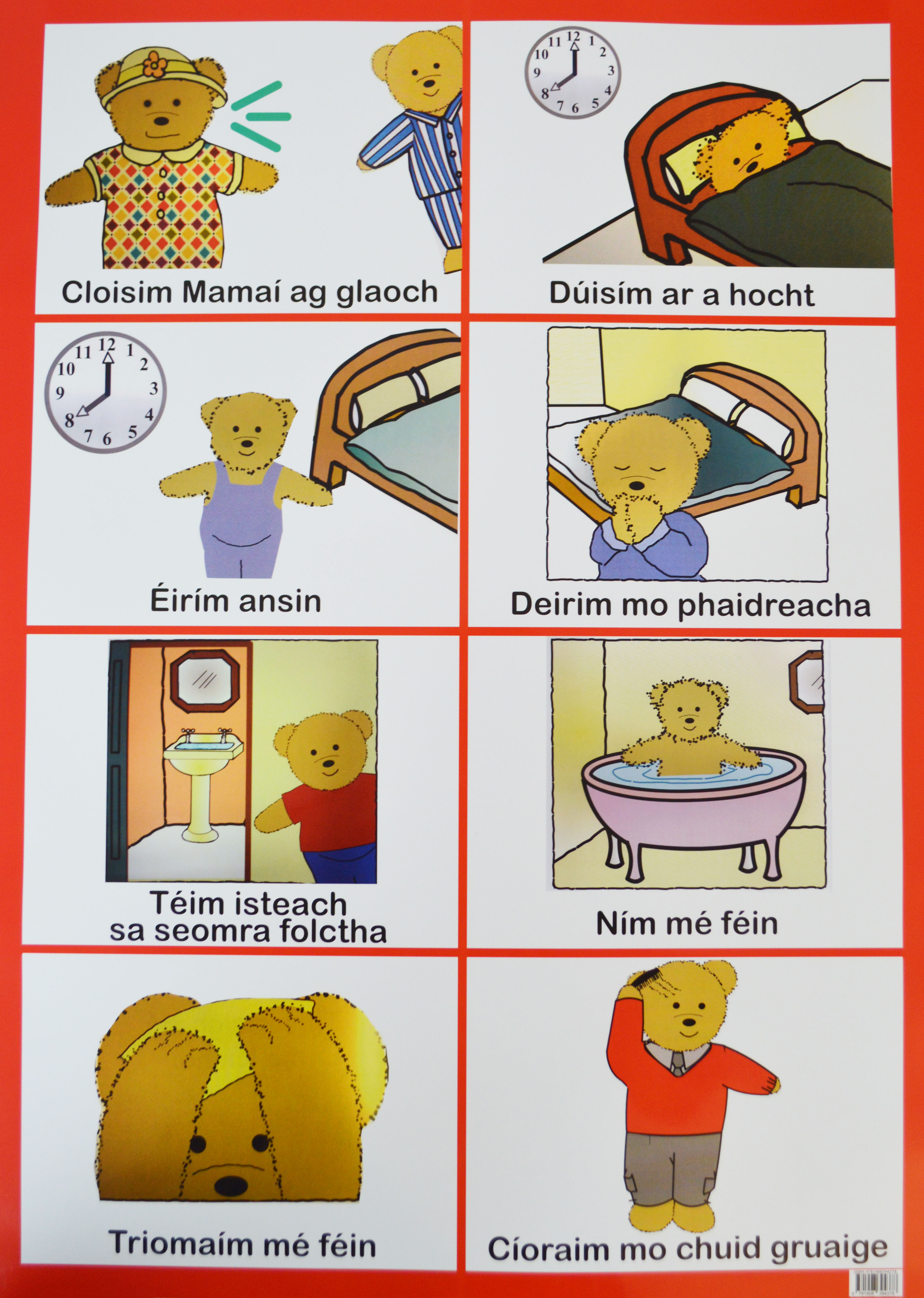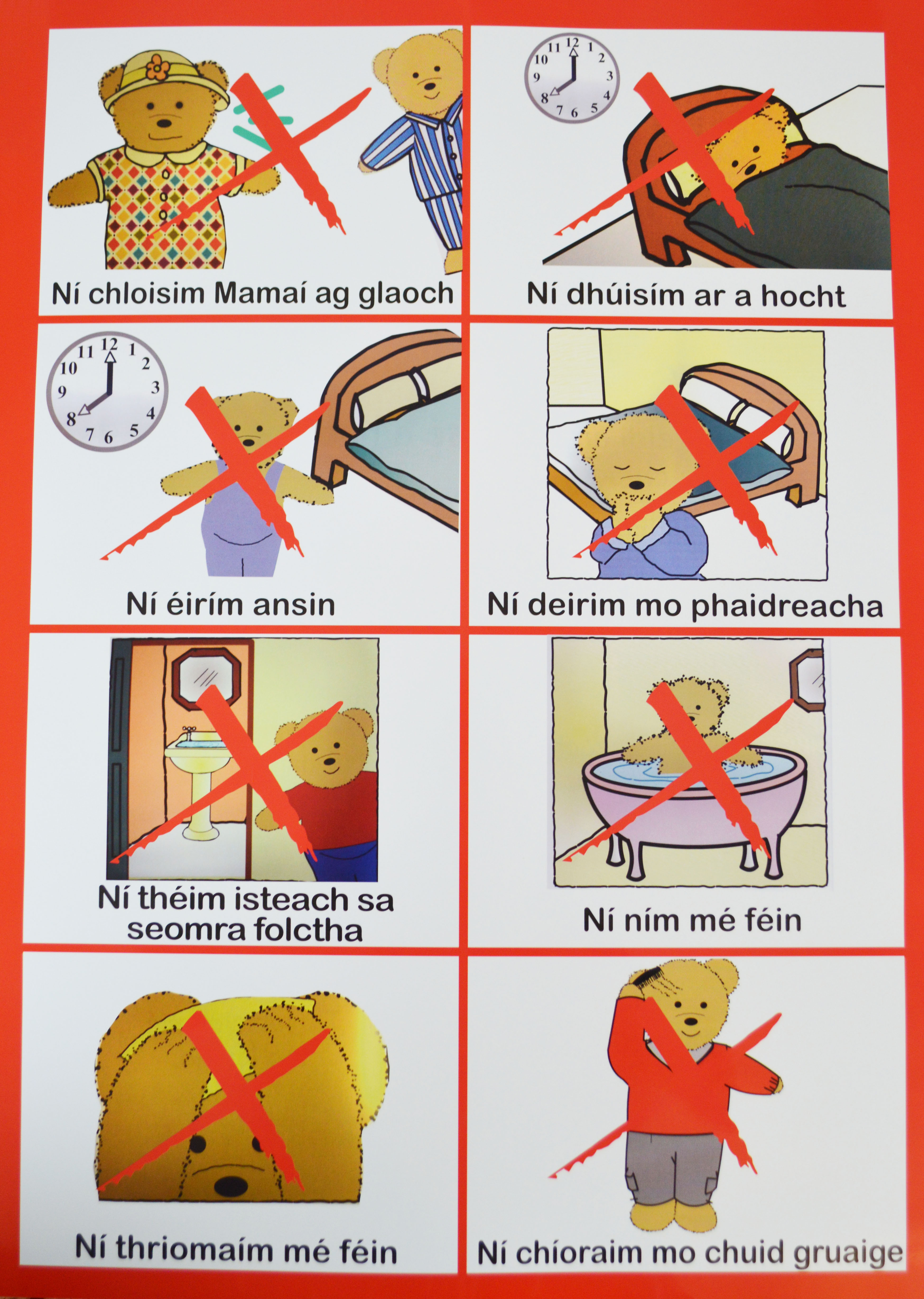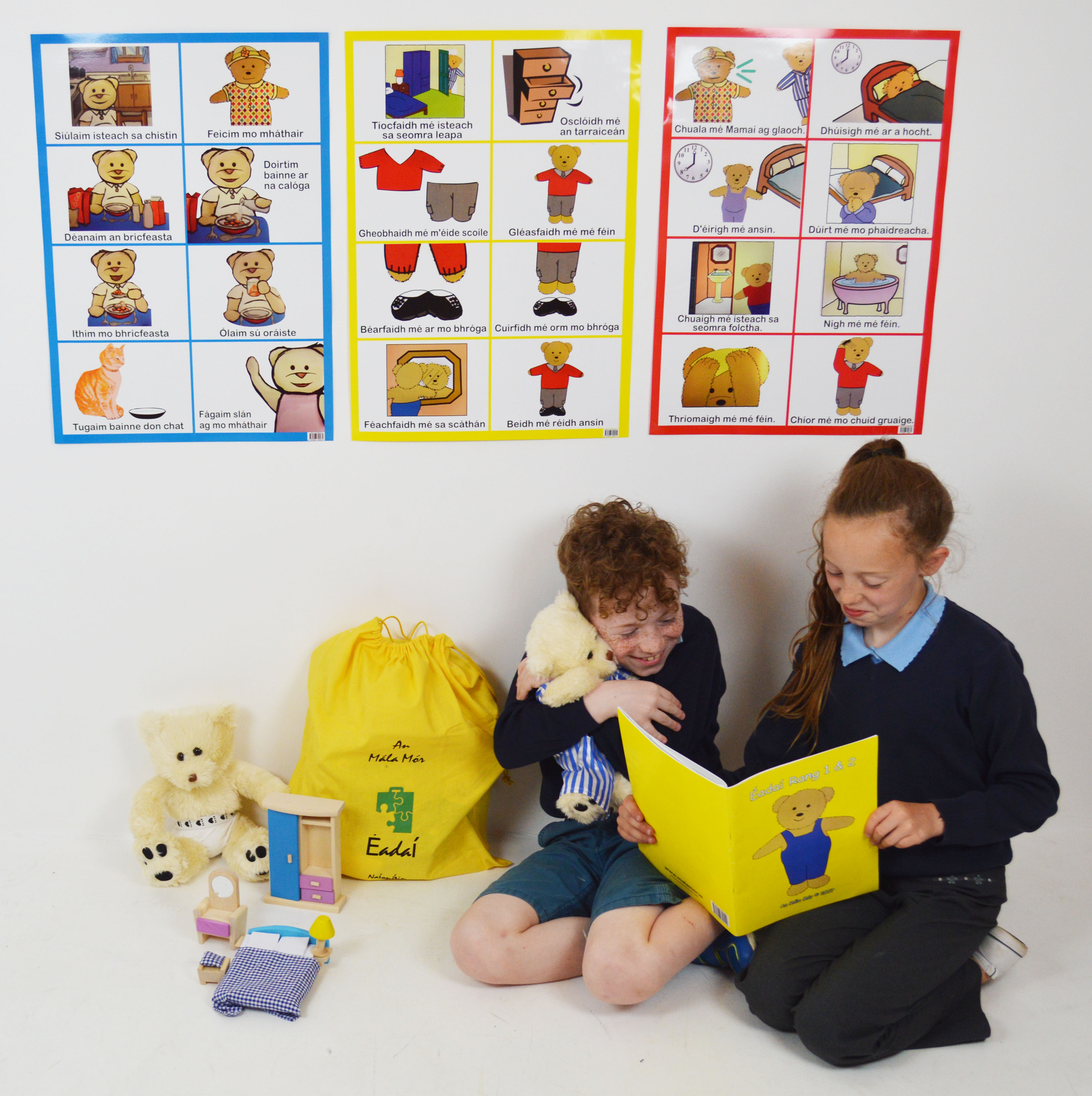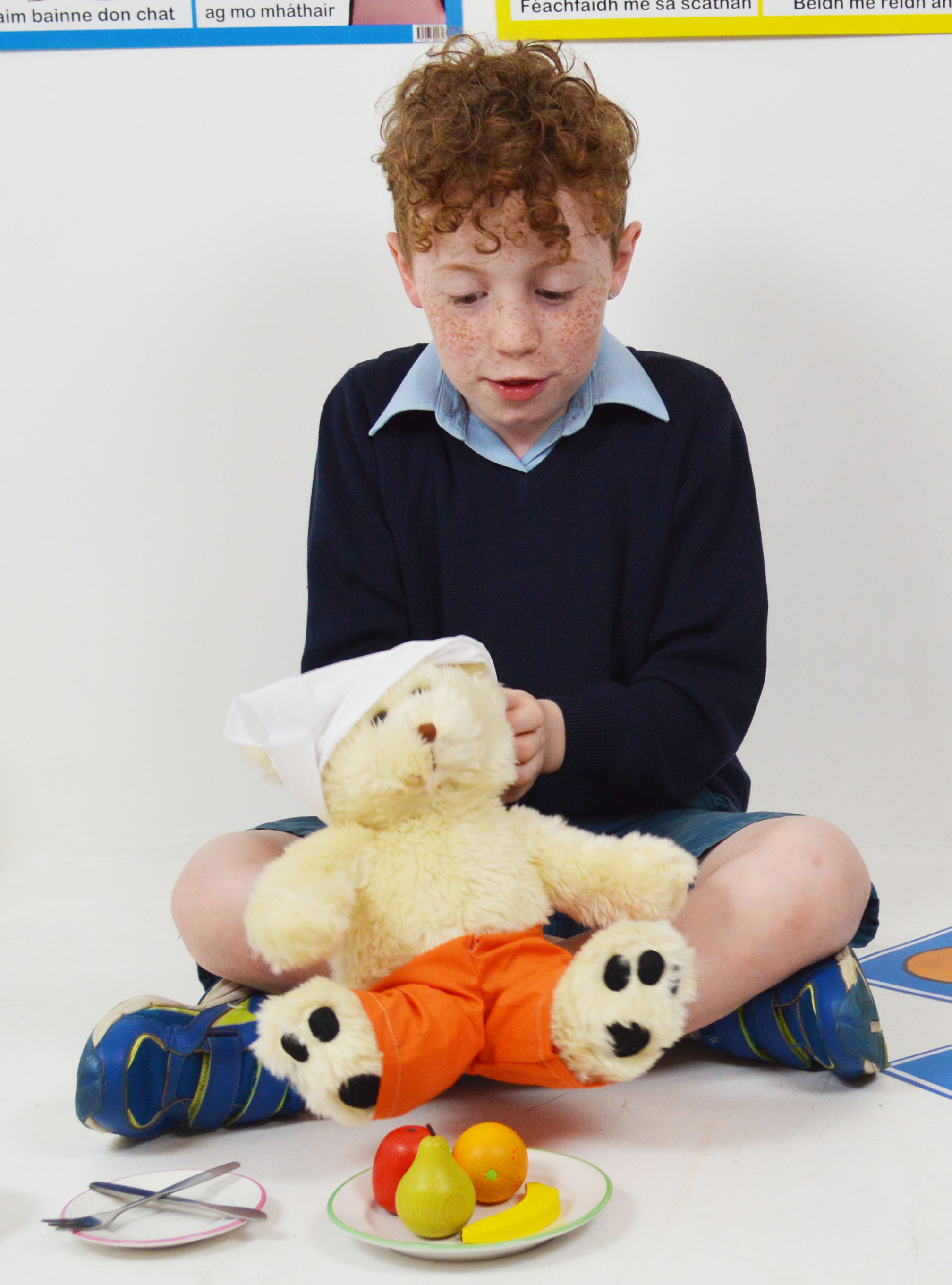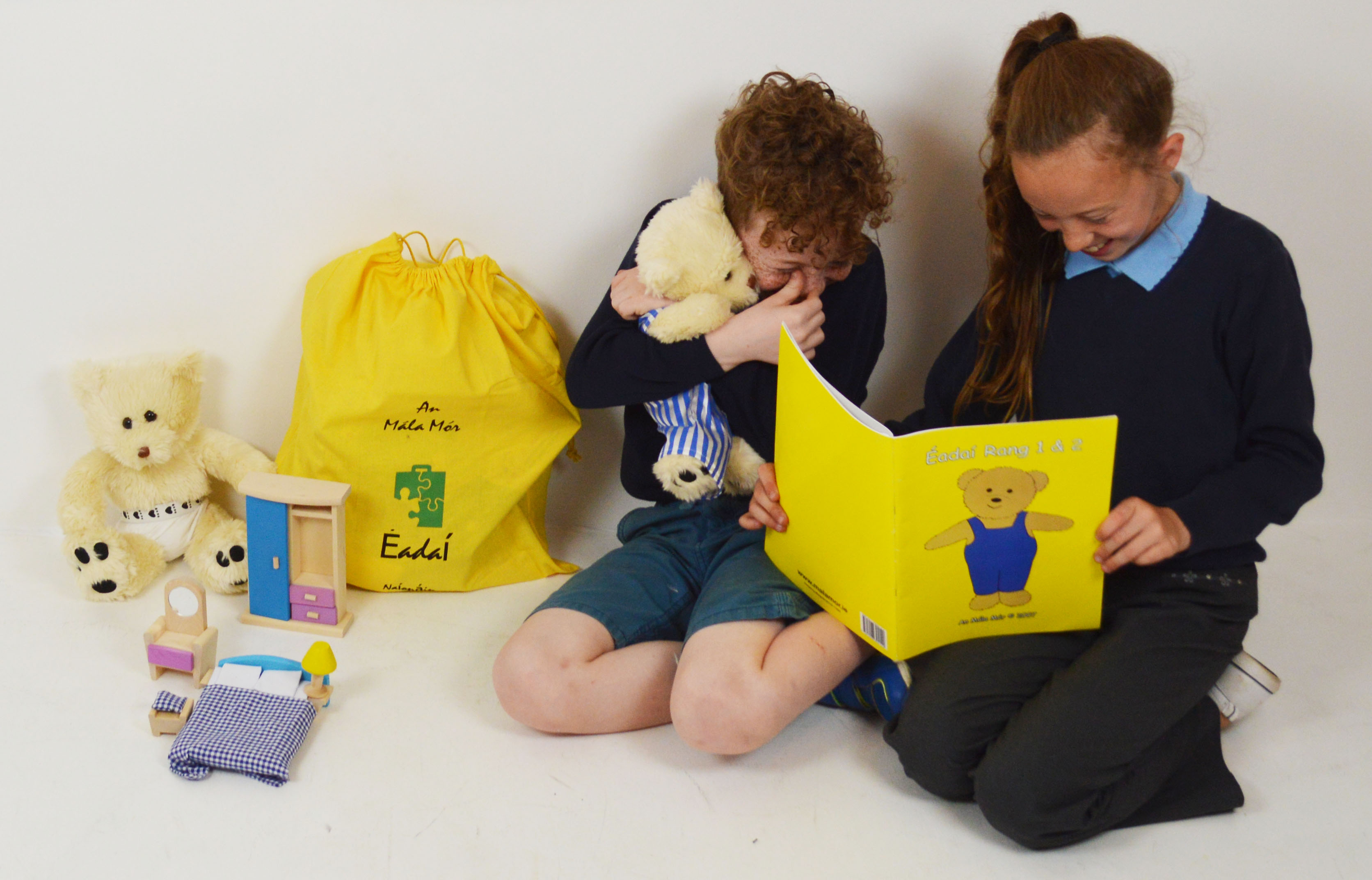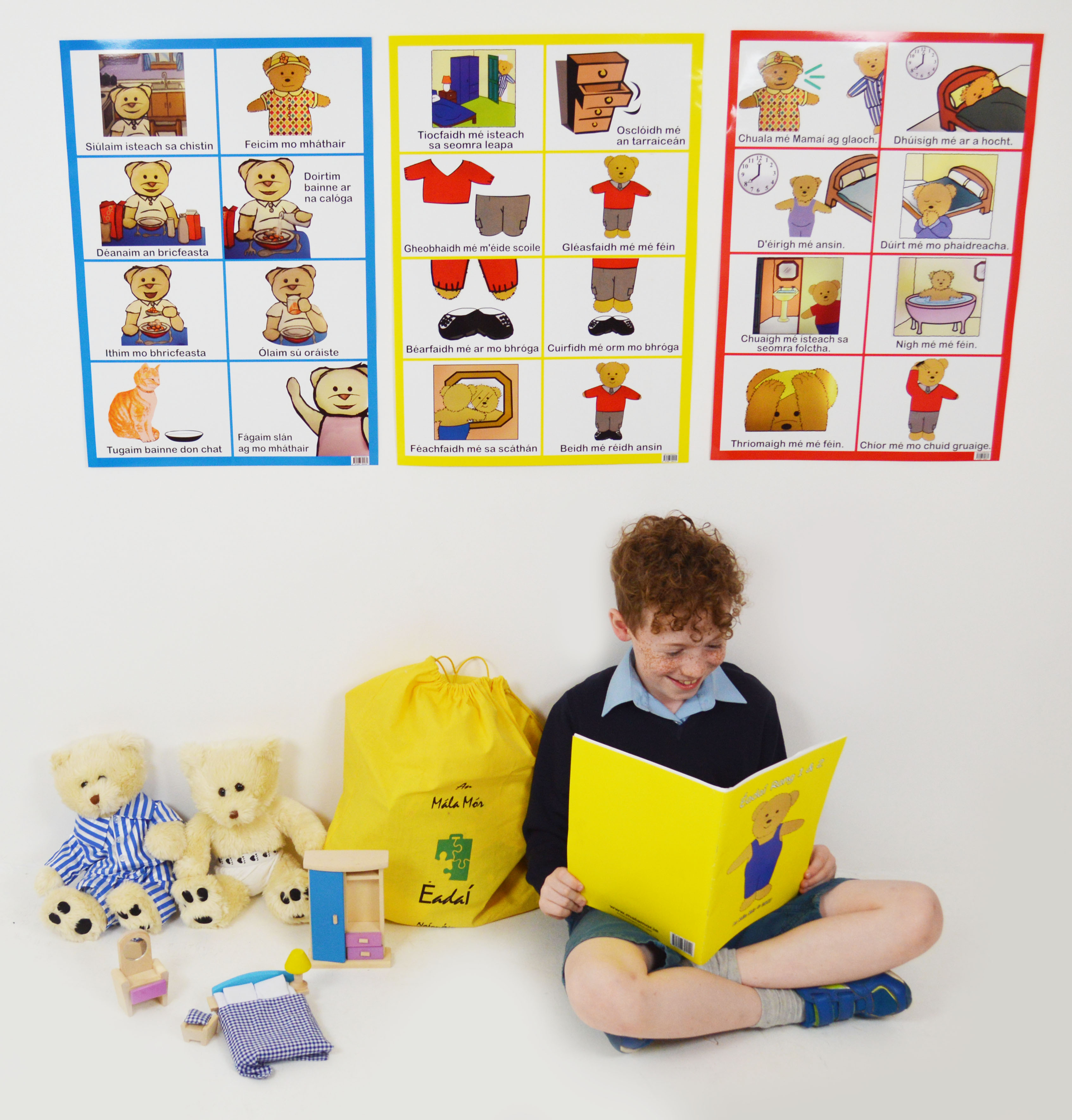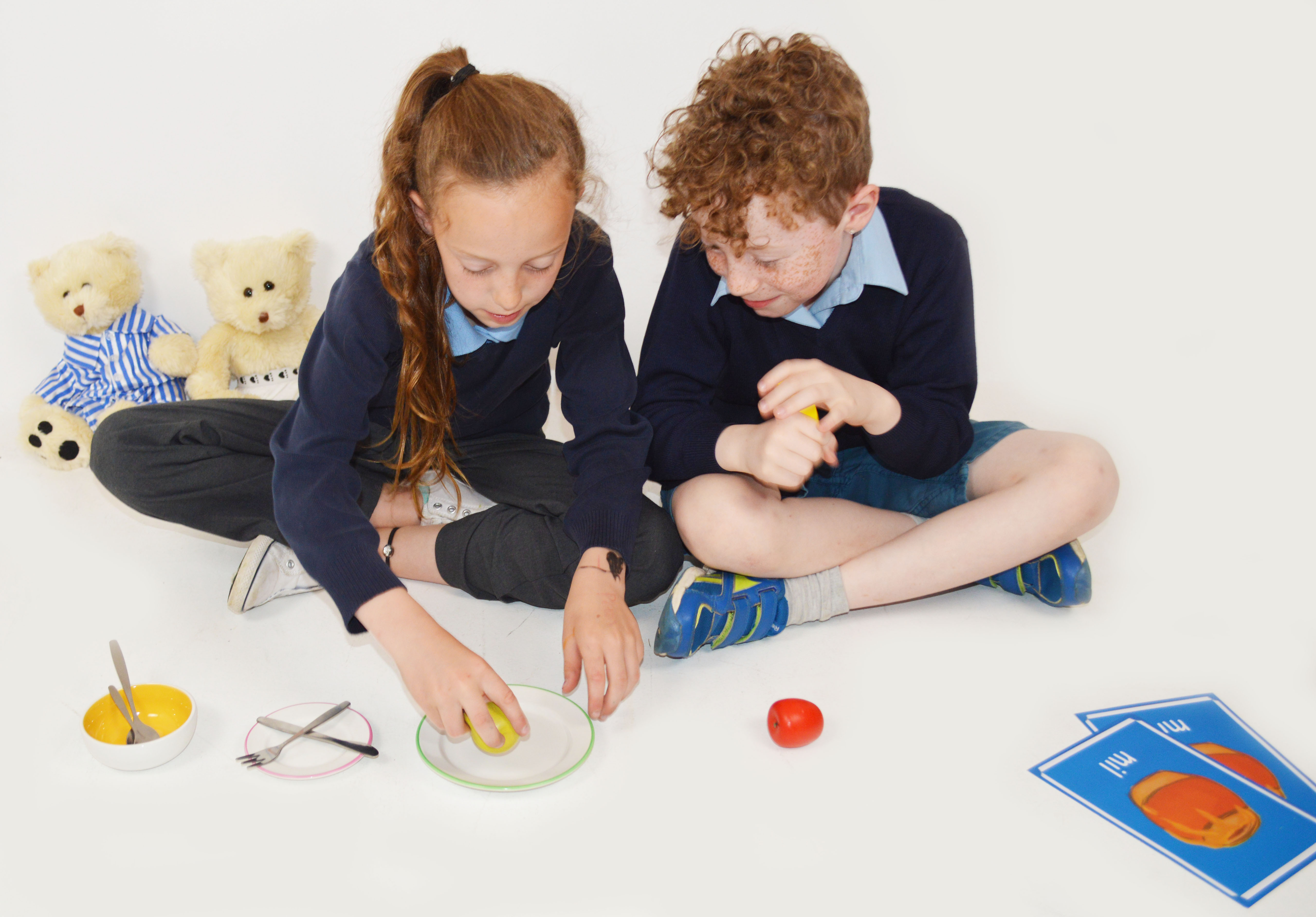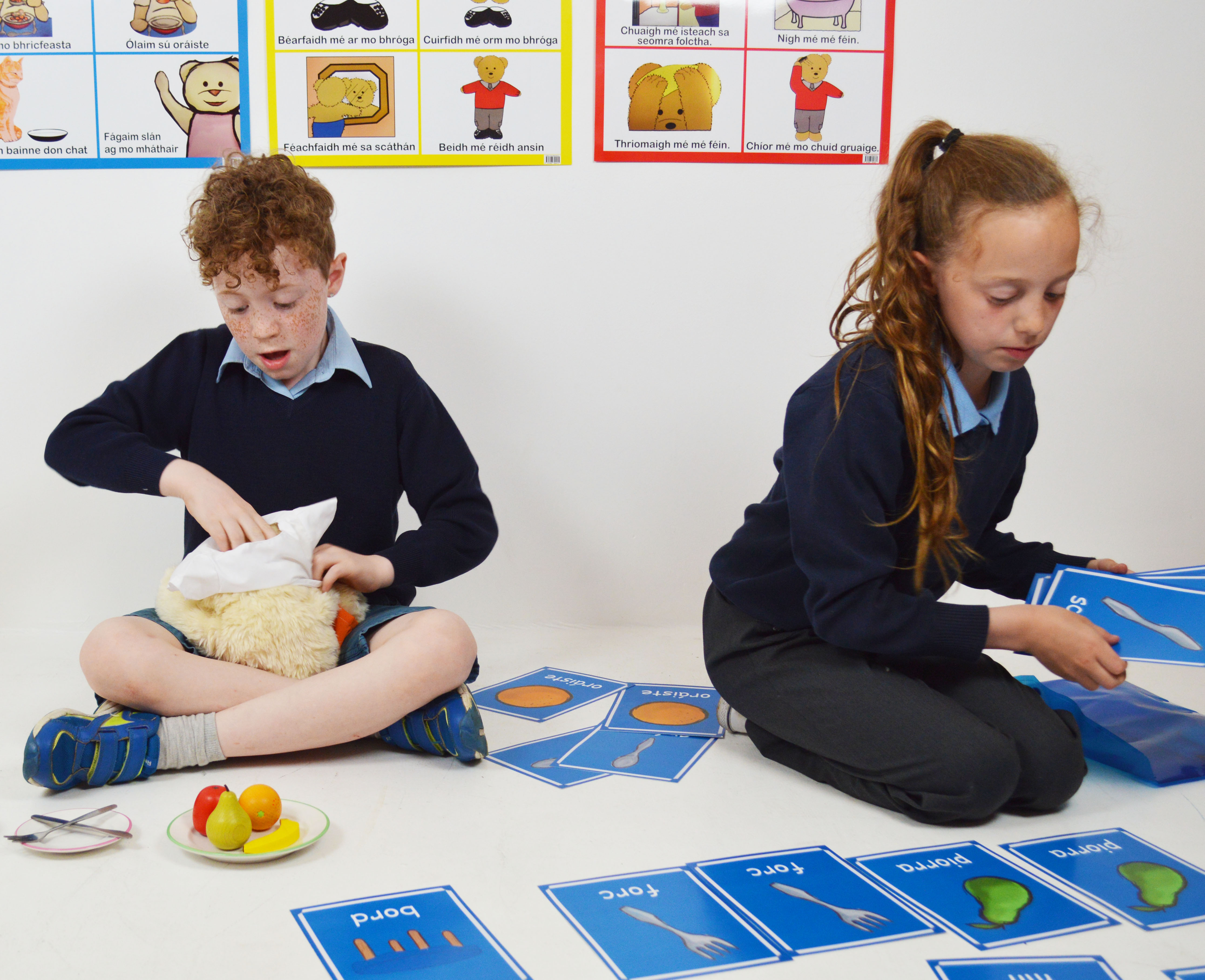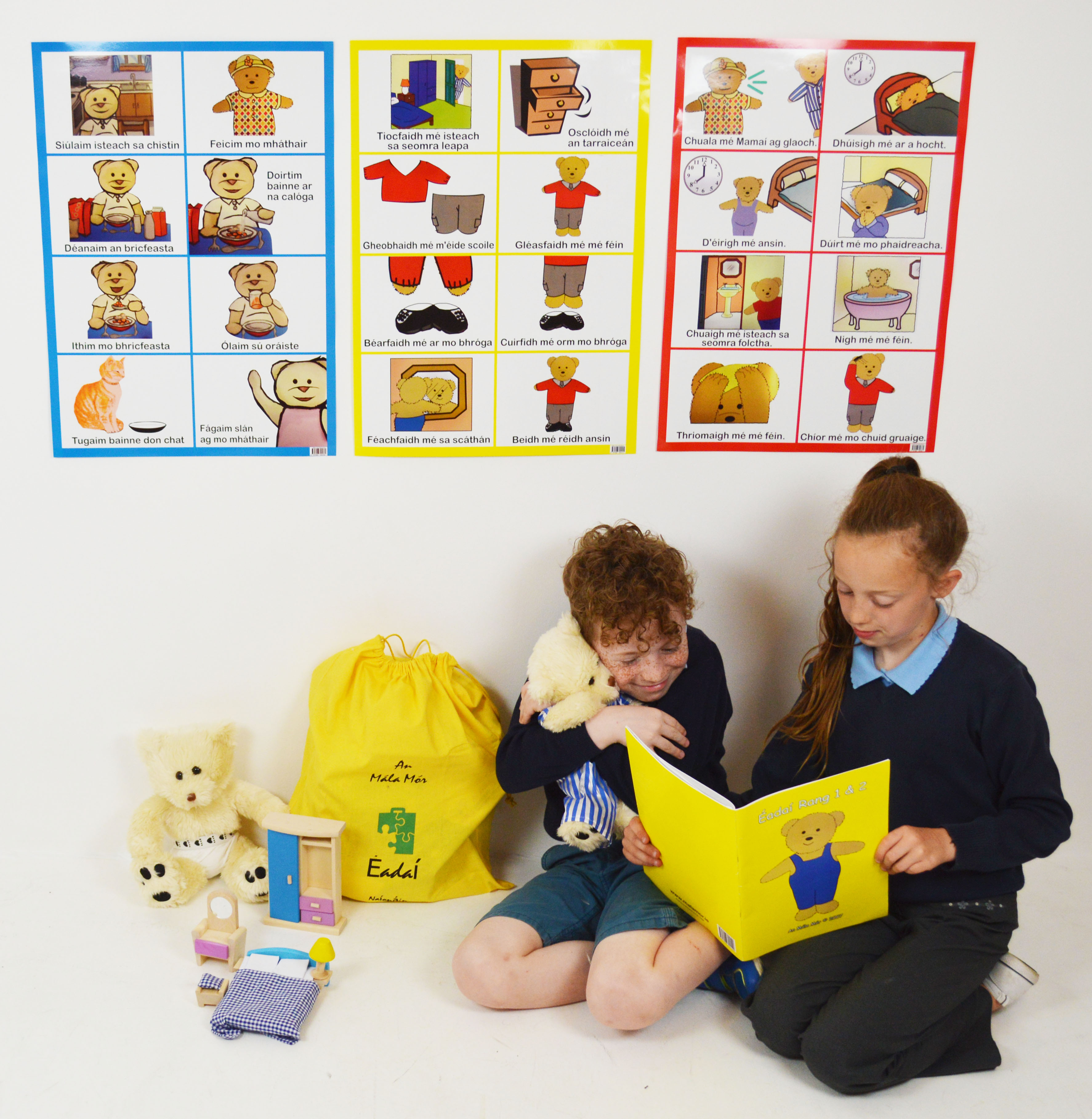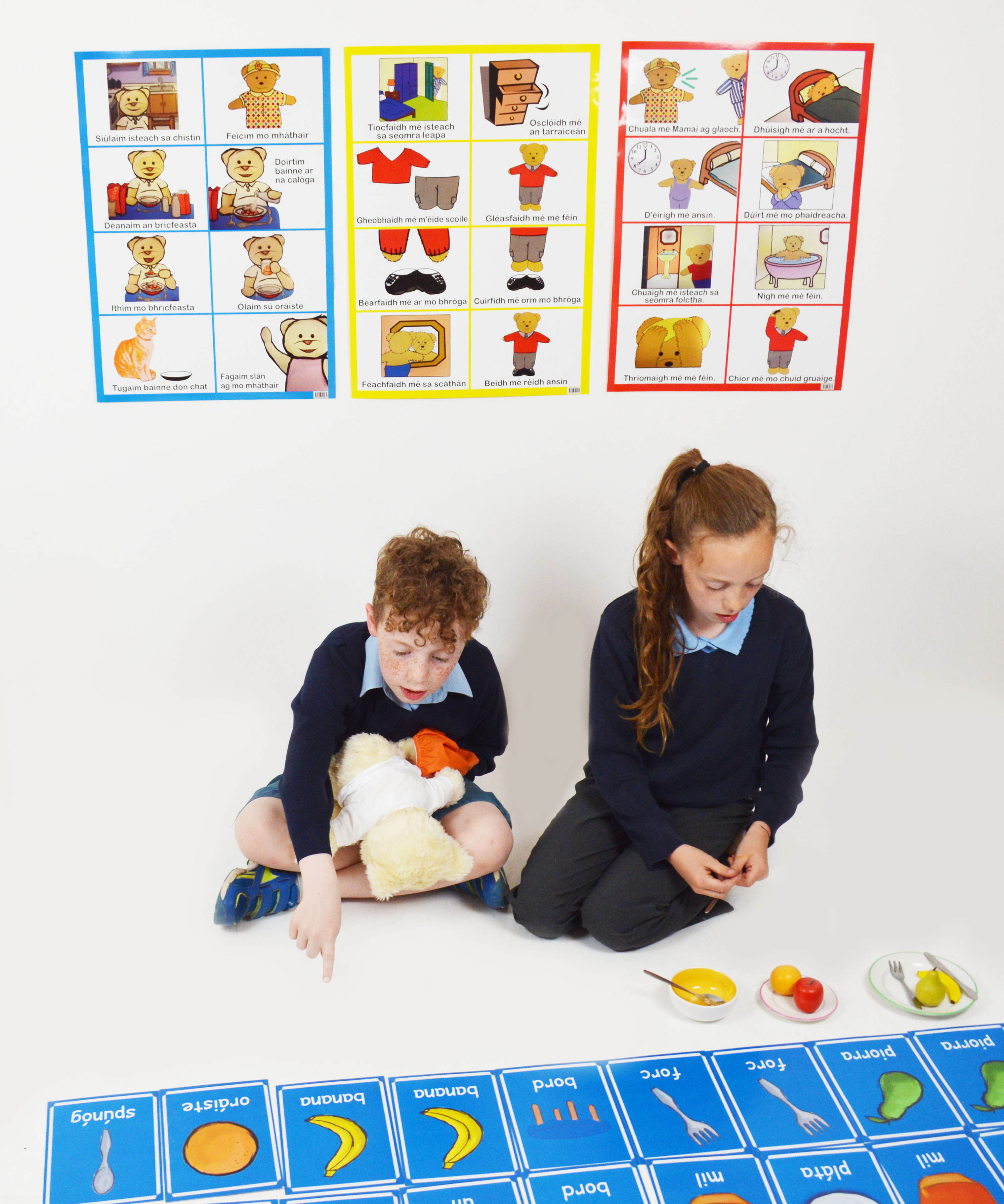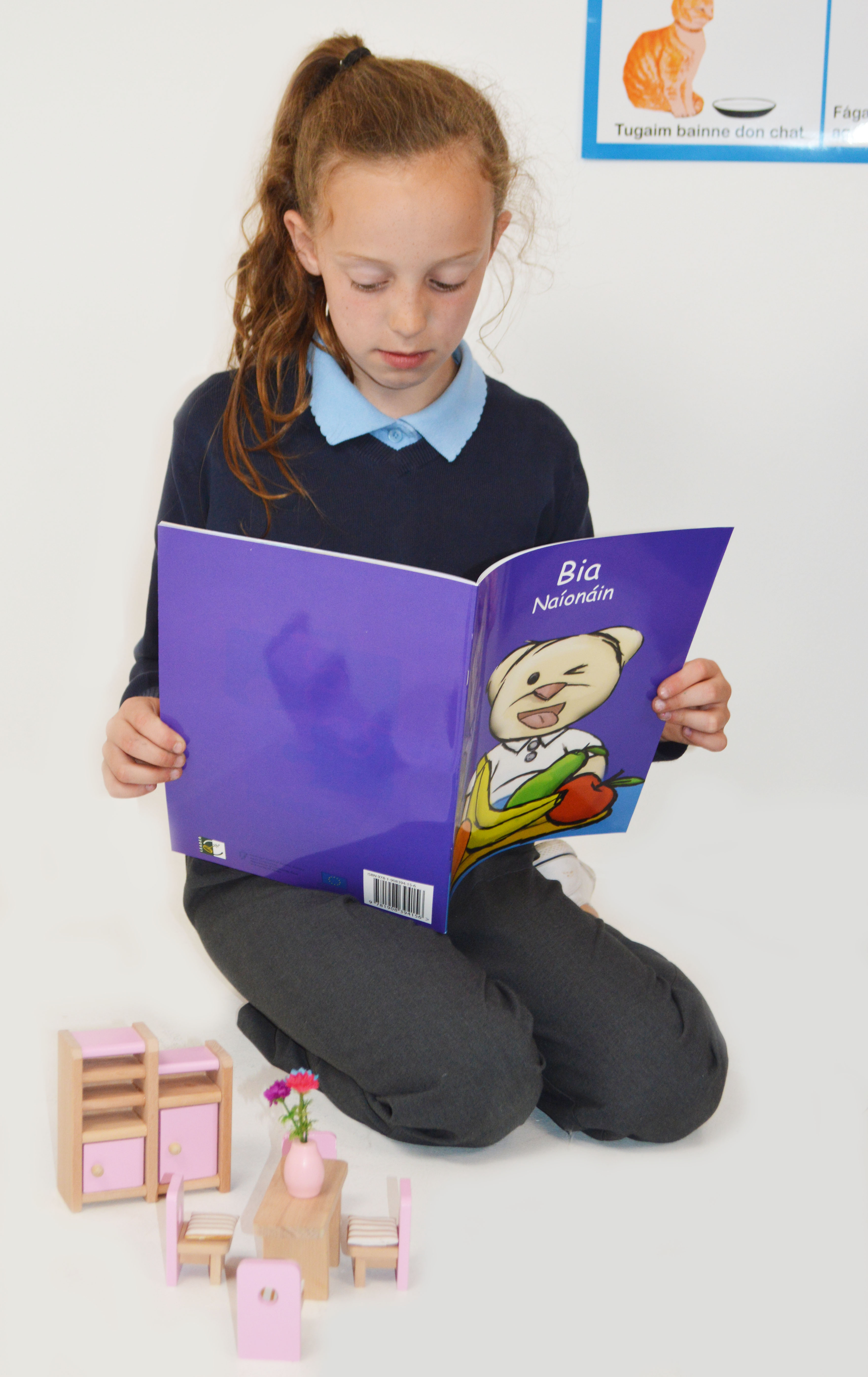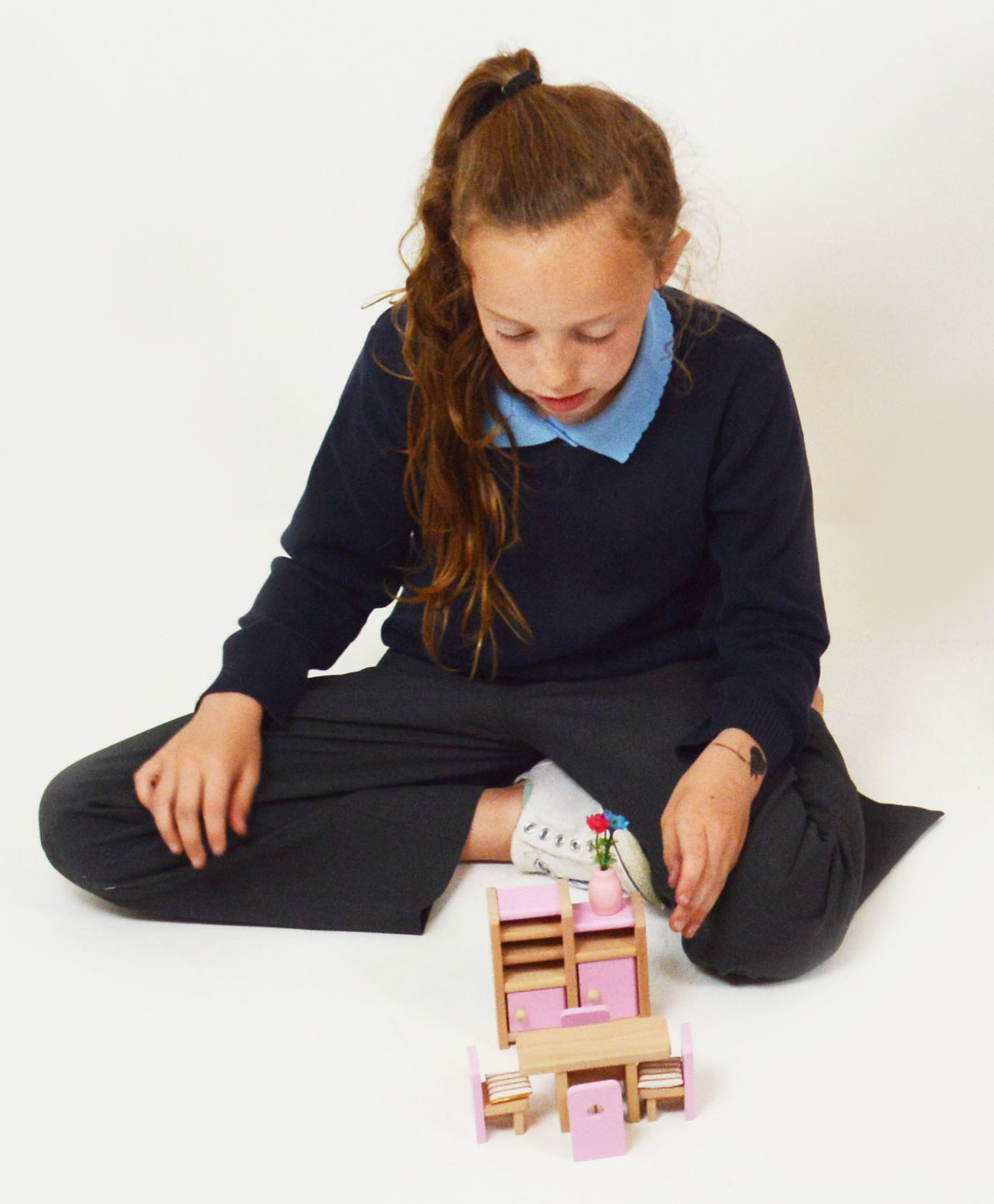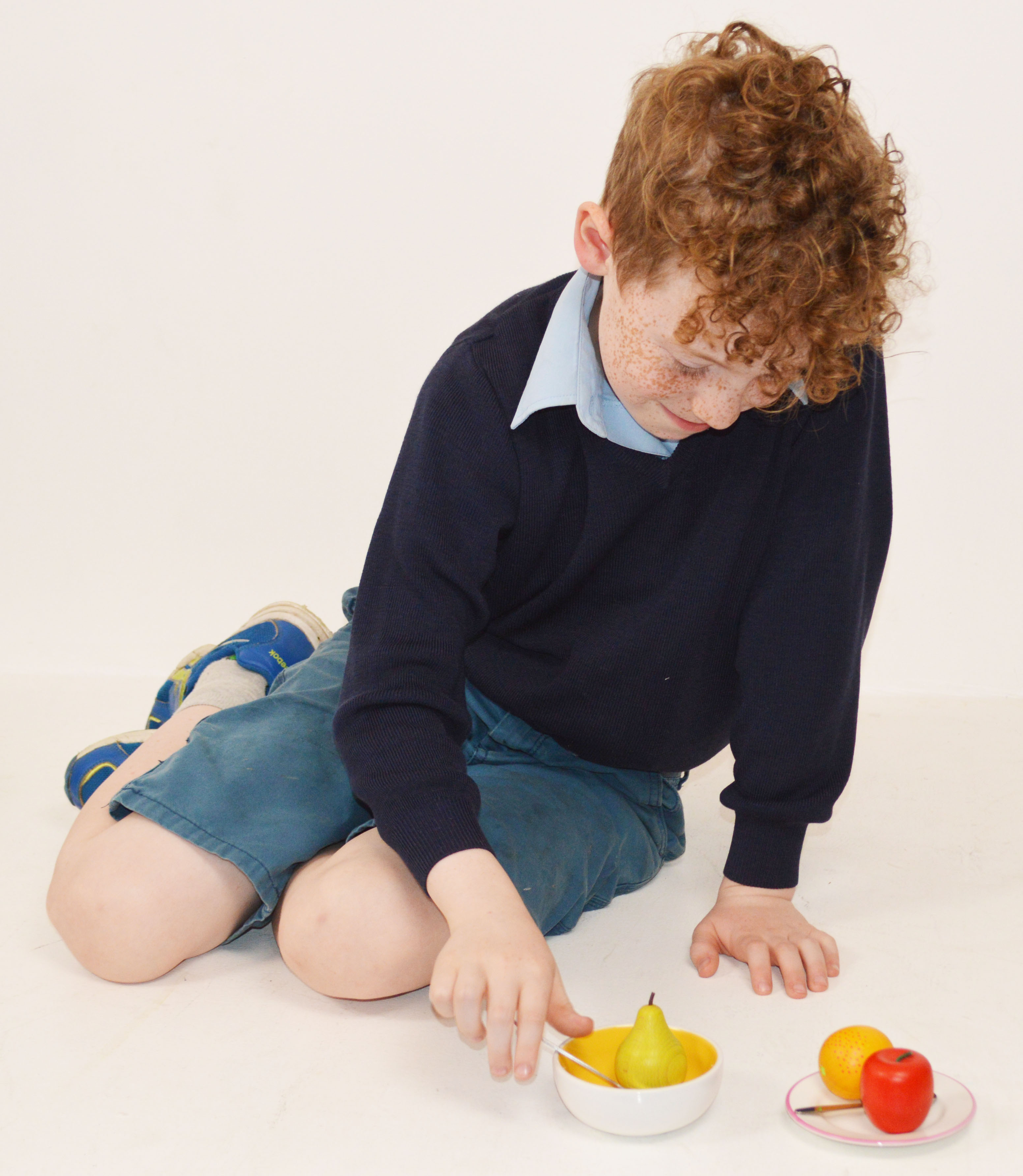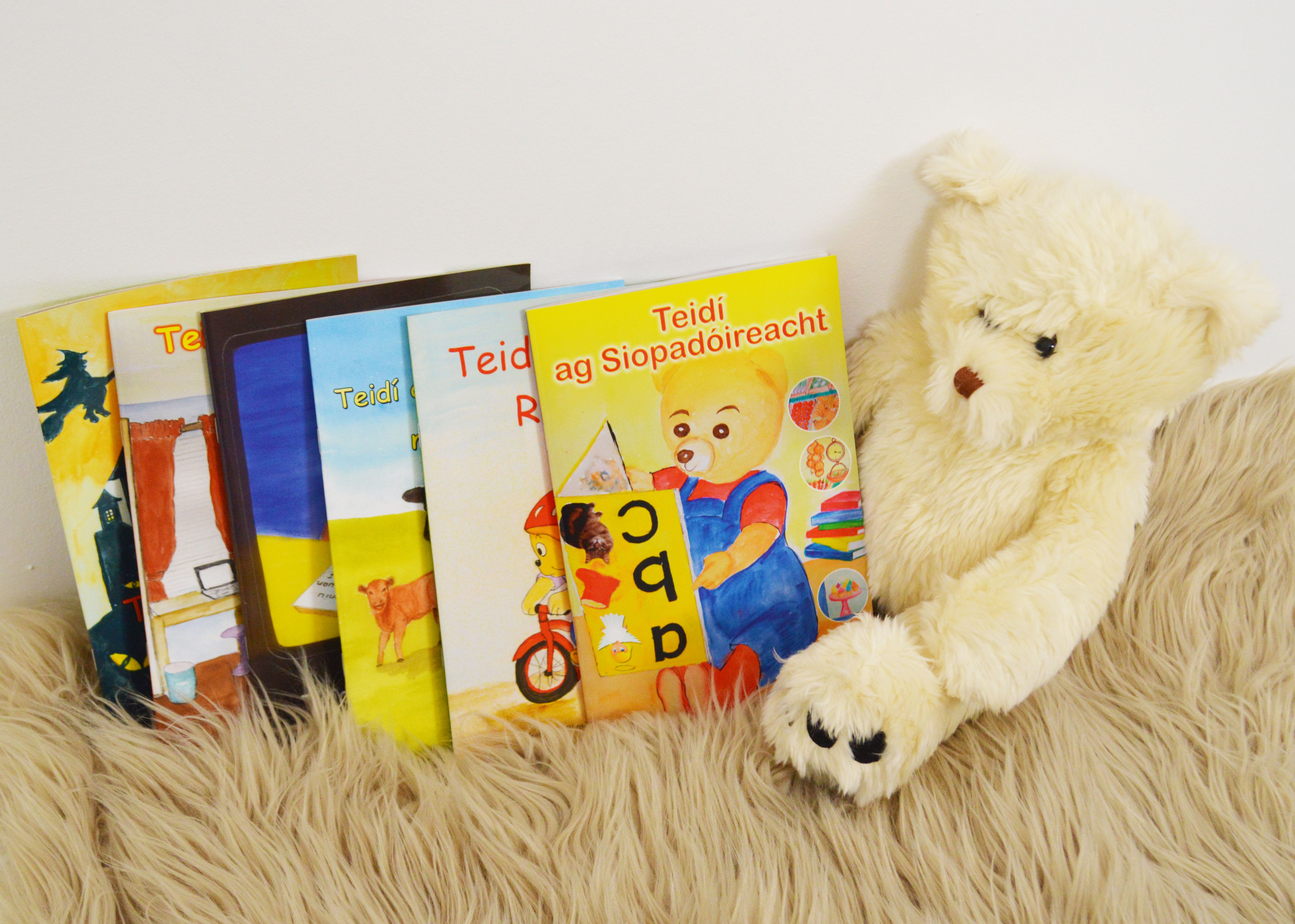Should I send my child to an Irish Language school?
This is the question many parents/guardians of young children in Ireland repeatedly ask. Should I send my child to an Irish medium school?
And the answer is it depends on how you perceive/value Irish language education and gaeilge per se.
Categorise your considerations under the following: –
- Ideological
- Pedagogical
- Pragmatic
An ideological answer is: “Learn Irish, take pride in your native language and your national heritage – think about what it represents for our Irish culture and identity (past, present and future) and as a part of Europe. How important is it to learn Irish?
A pedagogical answer is: There have been suggestions that smaller class sizes exist in Irish medium schools and as a result there is increased student support and efficacy. This efficiency frees up time for extracurricular activities e.g. learning musical instruments, swimming etc. “Naionra playgroups and Gaelscoileanna” are often perceived, correctly or otherwise as receiving favourable treatment financially as they promote Irish language revival”.
A pragmatic answer is: What are the practicalities “where is the school; are there available places, will your child learn the Irish language naturally as people say they will or will they struggle. Will you find the language a barrier when you help your child complete homework, will the language be a burden or merely a challenge? Does the school offer tuition to parents? What value is the language in terms of future studies and vocational / career opportunities; is it as beneficial as other languages.” Will being bi-lingual increase your child’s confidence?
Once you’ve
a) visited the school and sought your child’s opinion or observed them in situ,
b) explored all of the above considerations above
c) compiled a pro and con table relating to your choices you should know if you want your child to learn irish.
Of course Gaelscoileanna accommodate children of all ethnicities who want to engage in Irish medium education and learn irish however some would argue that Gaelscoileanna are often less culturally diverse. An Mála Mór is committed to offering products that meet genuine needs therefore as well as offering resources for preschool, primary and secondary school children learning Irish/Gaeilge we offer resources for school pupils learning English as another language http://malamor.ie/category/eal-resources/.
It seems there is ambivalence surrounding attitudes towards gaeilge / Irish language and Irish medium education. Suffice to say the low levels of everyday usage of the language do present a challenge to its revitalisation.
The Research
Using focus groups, the University of Limerick published research in March 2016 which explored the attitudes of Irish undergraduates towards the languages they encountered daily. Their findings concluded that within Ireland’s culturally diverse society the undergraduates held a deep ambivalence towards the use of the Irish language in comparison with other native languages such as polish. In addition, the undergraduates referred to the ‘functionality’ of the language, its ‘exclusivity’ and the ideologies associated with it.
This ambivalence also seems to be manifested as an excess in disengagement at primary level. A National longitudinal study published in February 2016 analysed 9-year-old primary school children’s attitudes towards the Irish language – Gaeilge. Findings concluded that there was disengagement with the Irish language in schools, especially amongst children with less exposure to spoken Irish in school or at home (as expected Teilifís na Gaeilge, (TG4), broadcast news, documentaries, children’s shows and even soap operas are broadcast as Ghaeilge to help Irish language integration at home). Literacy activity, special education needs and school patronage were also found to be related to excess disengagement. (In terms of patronage it seems 96% of Irish primary schools are owned by churches). Interestingly the research concluded that this disengagement was NOT related to socio-economic or ethnic factors, teacher profile, training, self-efficacy nor school ethos.
The study did highlight the importance of the individual teacher and school in the development of pupil engagement with Irish. One reason why An Mála Mór we produce interactive fun irish language resources.
Foras na Gaeilge refer to the ideological factors previoulsy mentioned:-
- – valuable heritage for up 70 million people from the Irish Diaspora
- – irish language as key to understanding the rich, fascinating milieu of Irish heraldry, genealogy and place names
- – Irish language as the oldest surviving Celtic language and father of two other Celtic languages, Scots Gaelic and Manx
In relation to learning Irish / Gaeilge, Foras na Gaeilge state that there has been a dramatic increase in the number of Irish speakers: The 1996 census of Ireland showed that 1,095,830 people, 32% of the Irish adults, claimed to be able to speak Irish. No official count seems to exists to show many people can speak Irish nowadays within Ireland and elsewhere. They also refer to Irish usage in the media i.e. Ráidió na Gaeltachta, the RTÉ Director-General Noel Curran launched Meáin Ghaeilge RTÉ, Action Plan 2015-2019 see https://youtu.be/JX3ytoxpNd8.
Most of the reasons Foras na Gaeilge provide for learning Irish are ideological and that doesn’t entirely help a parent make a decision for their child’s future education.
Irish is becoming more and more a part of the Irish national identity as well as gaining increasing popularity with both Irish and non-Irish people and hence An Mála Mor’s endeavours to ensure it is fun to learn Irish/ gaeilge.
Atkinson & Kelly-Holmes, Exploring language attitudes and ideologies in university students’ discussion of Irish in a context of increasing language diversity, Language and Intercultural Communication, Volume 16, Issue 2 published 1 March 2016
An maith leat an Ghaeilge? An analysis of variation in primary pupil attitudes to Irish in the growing up in Ireland study by Ann Devit et al published online on 22 Feb 2016;
